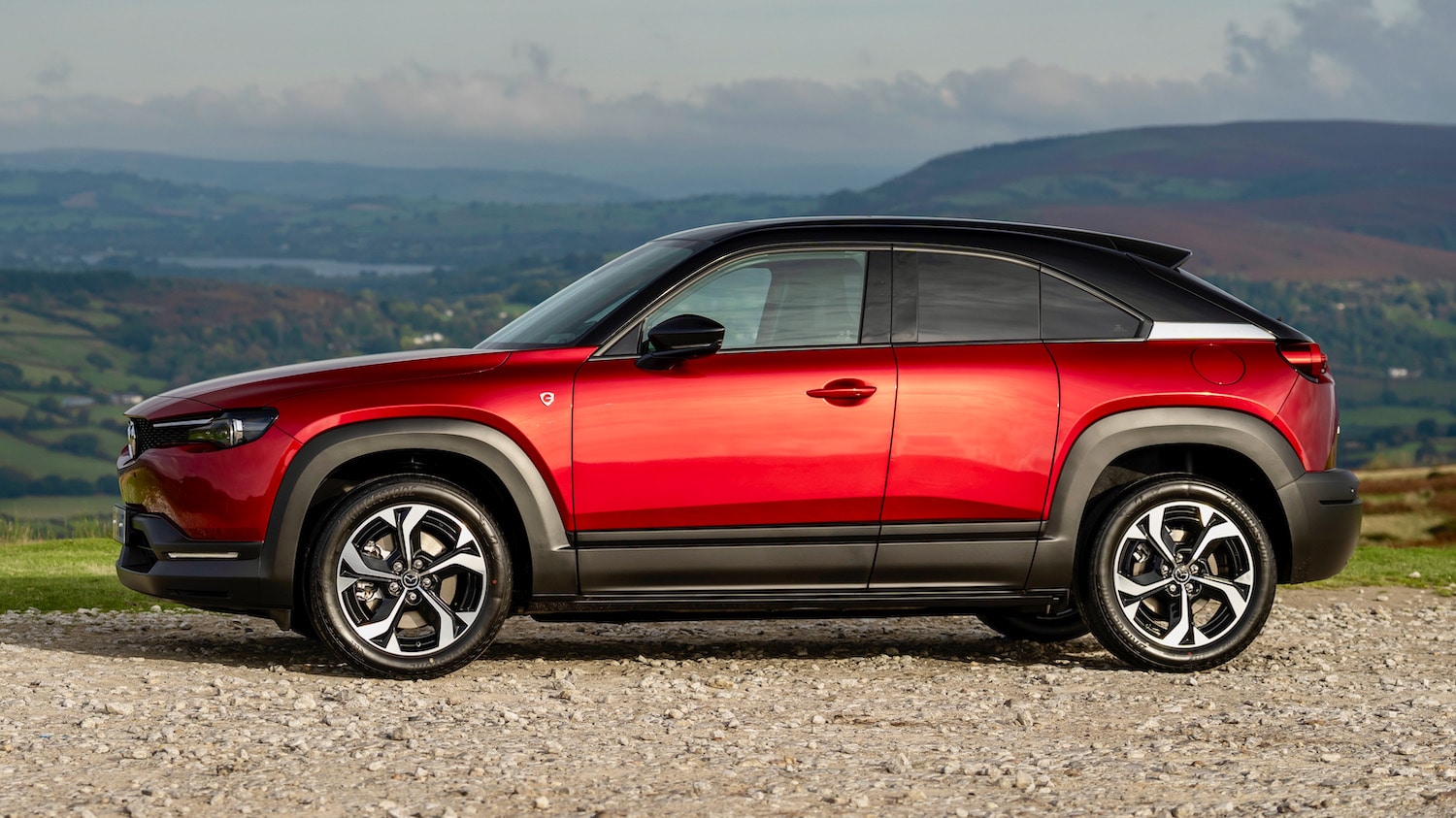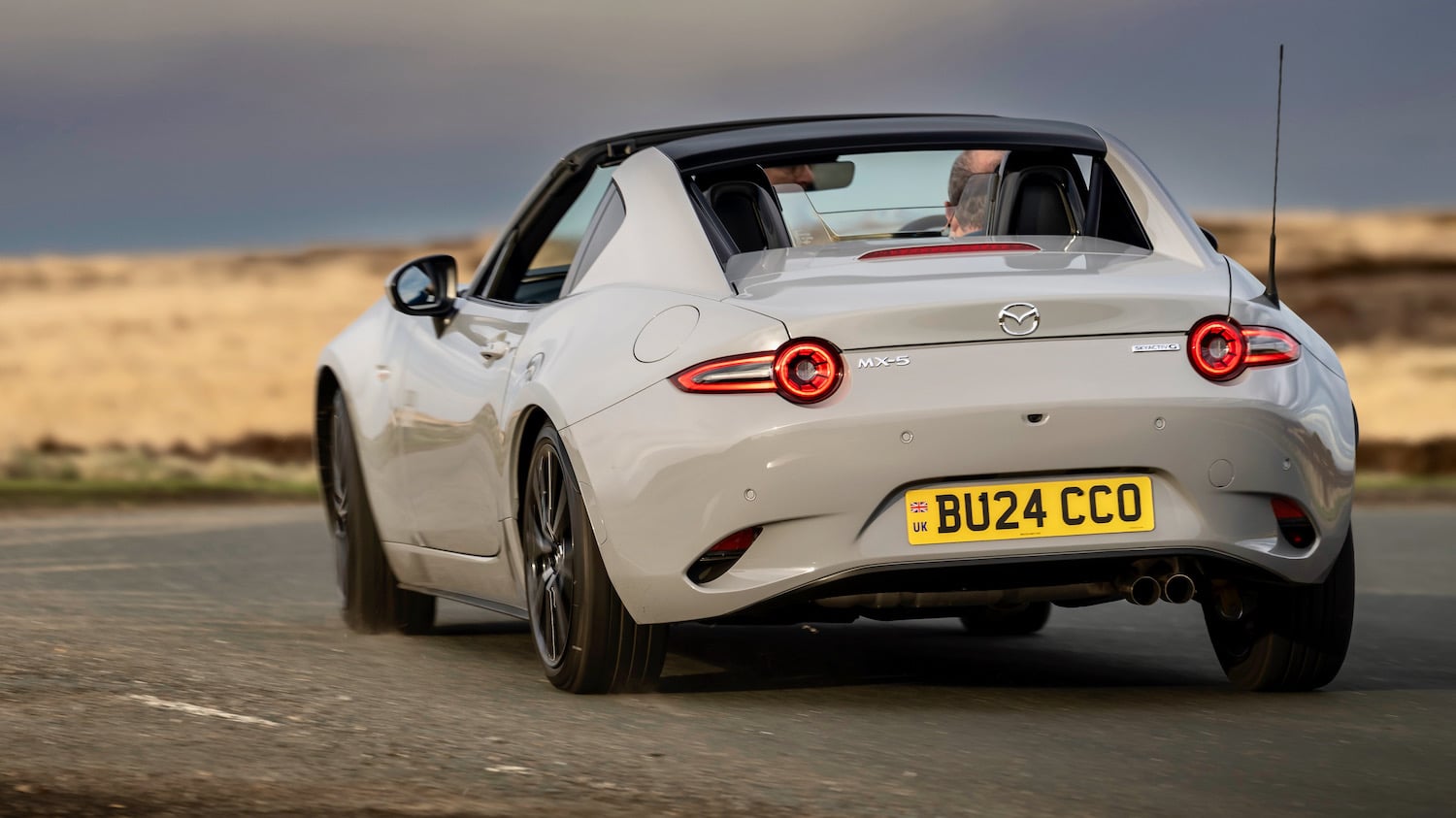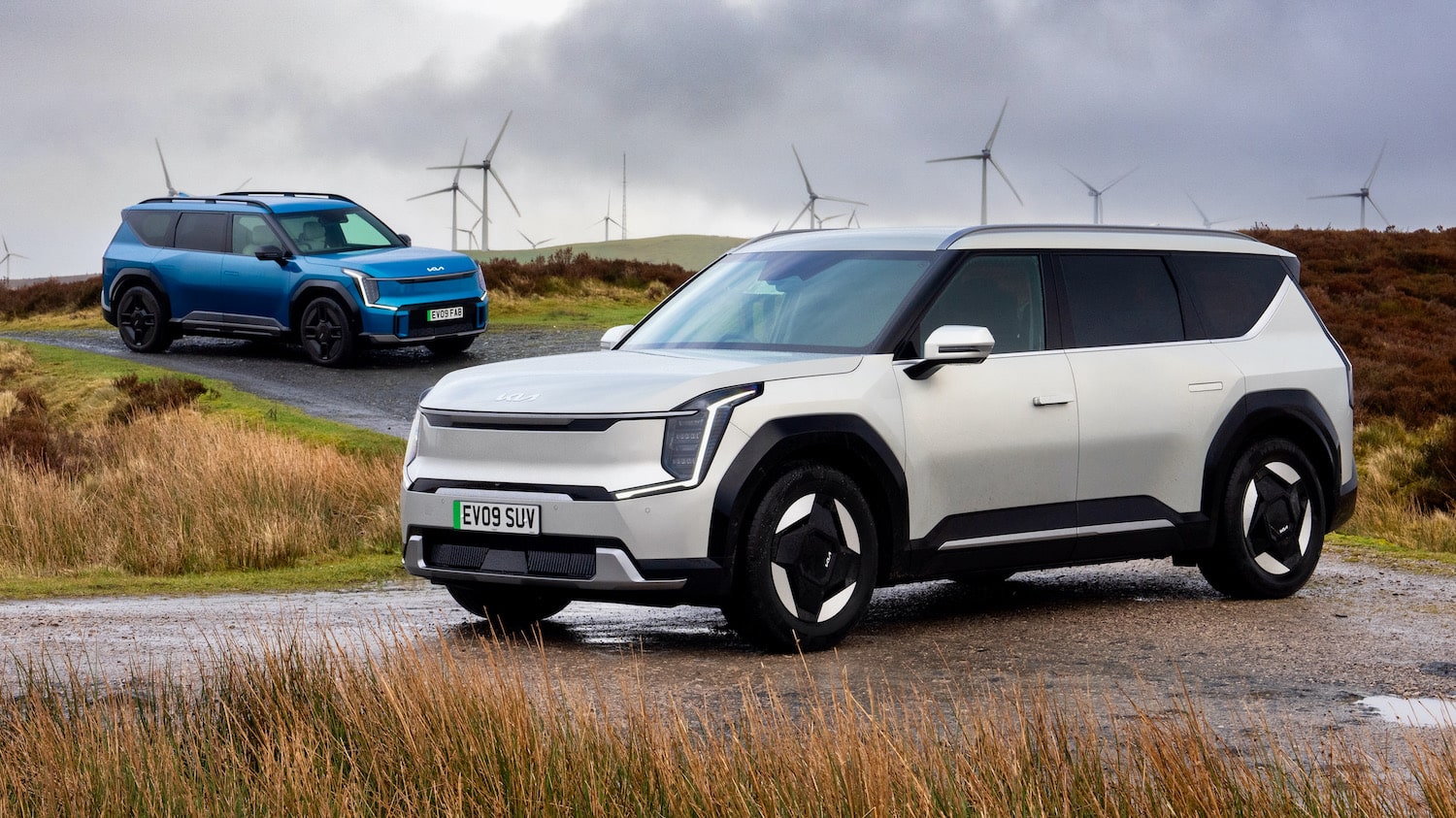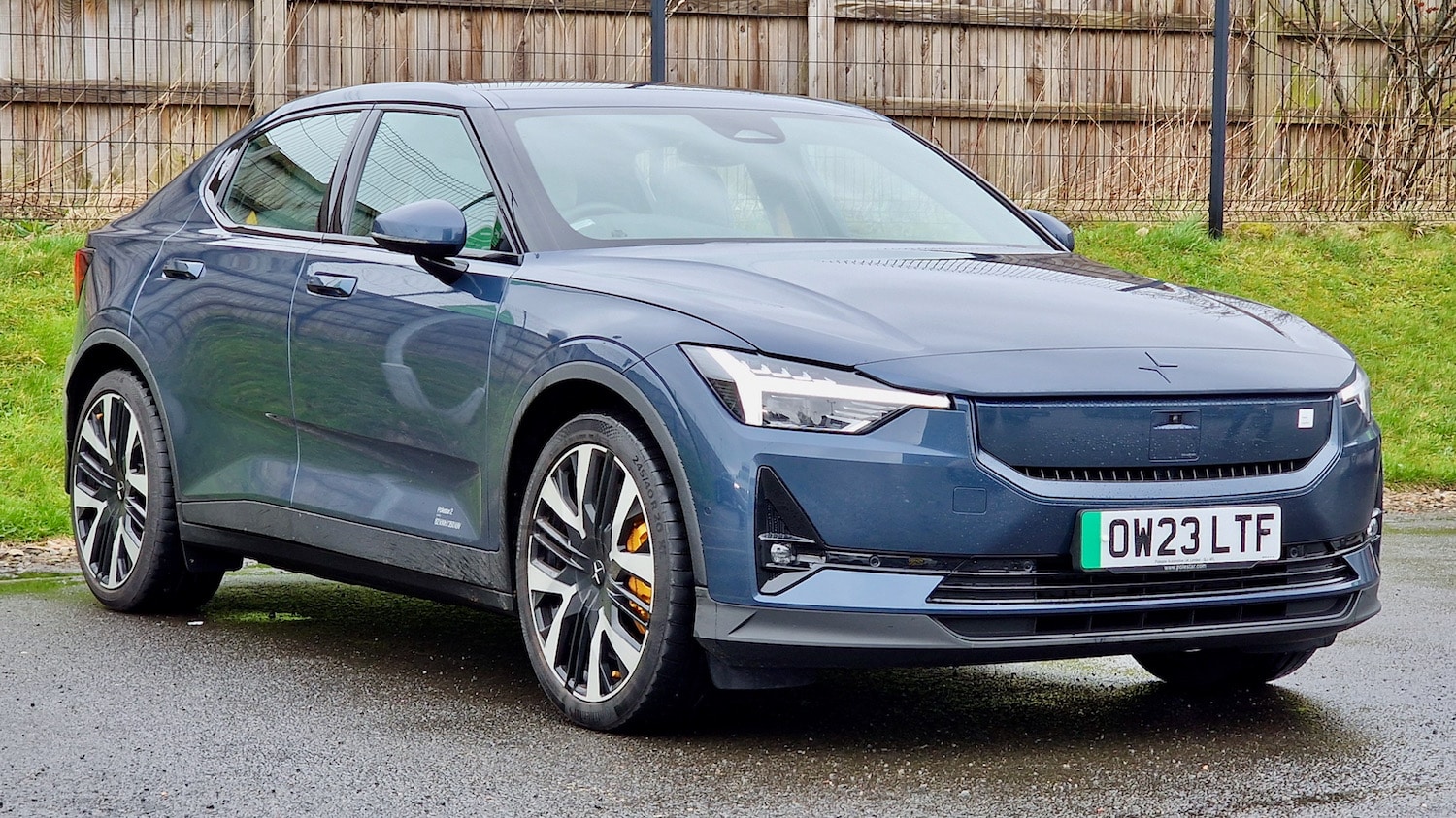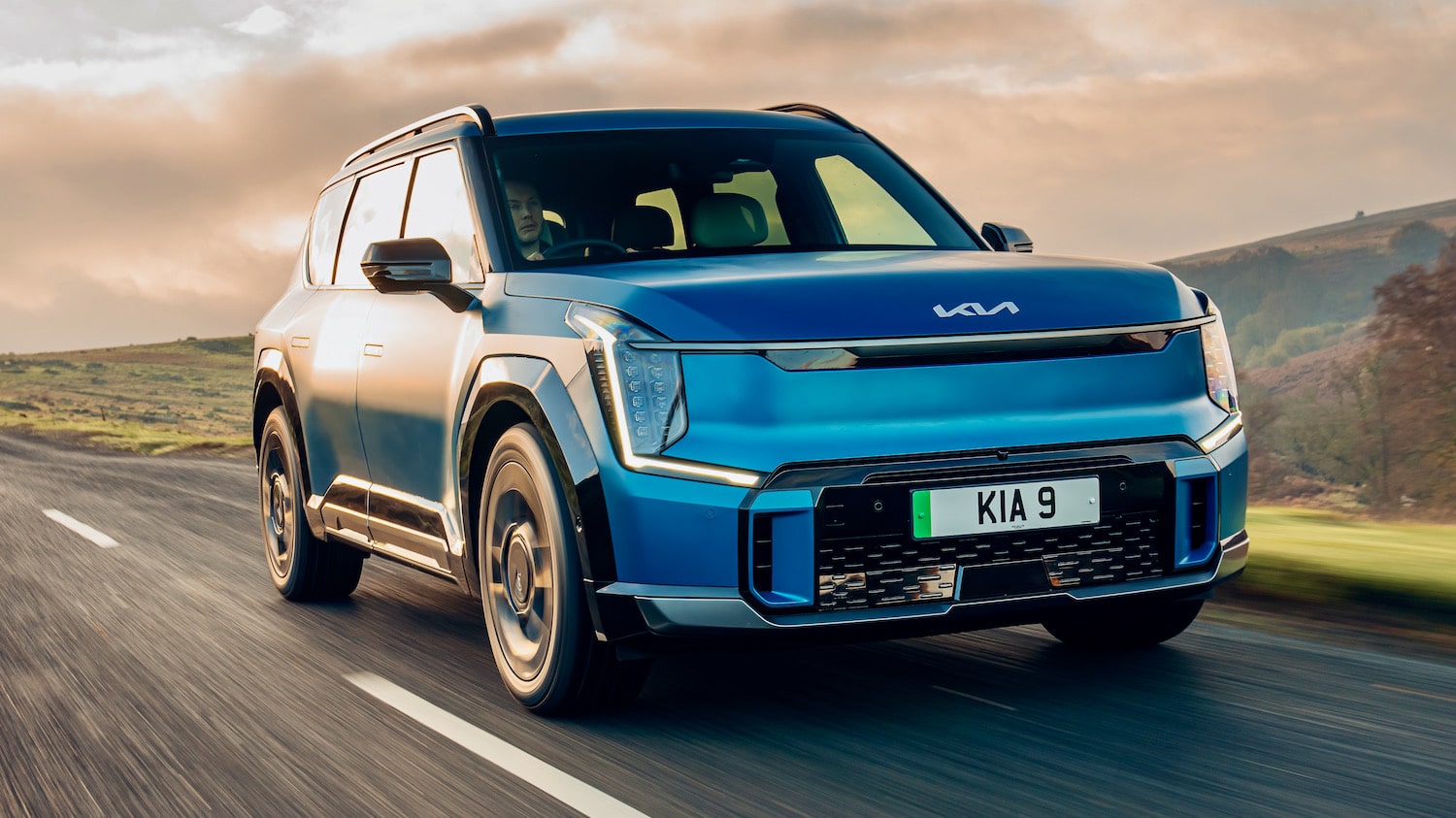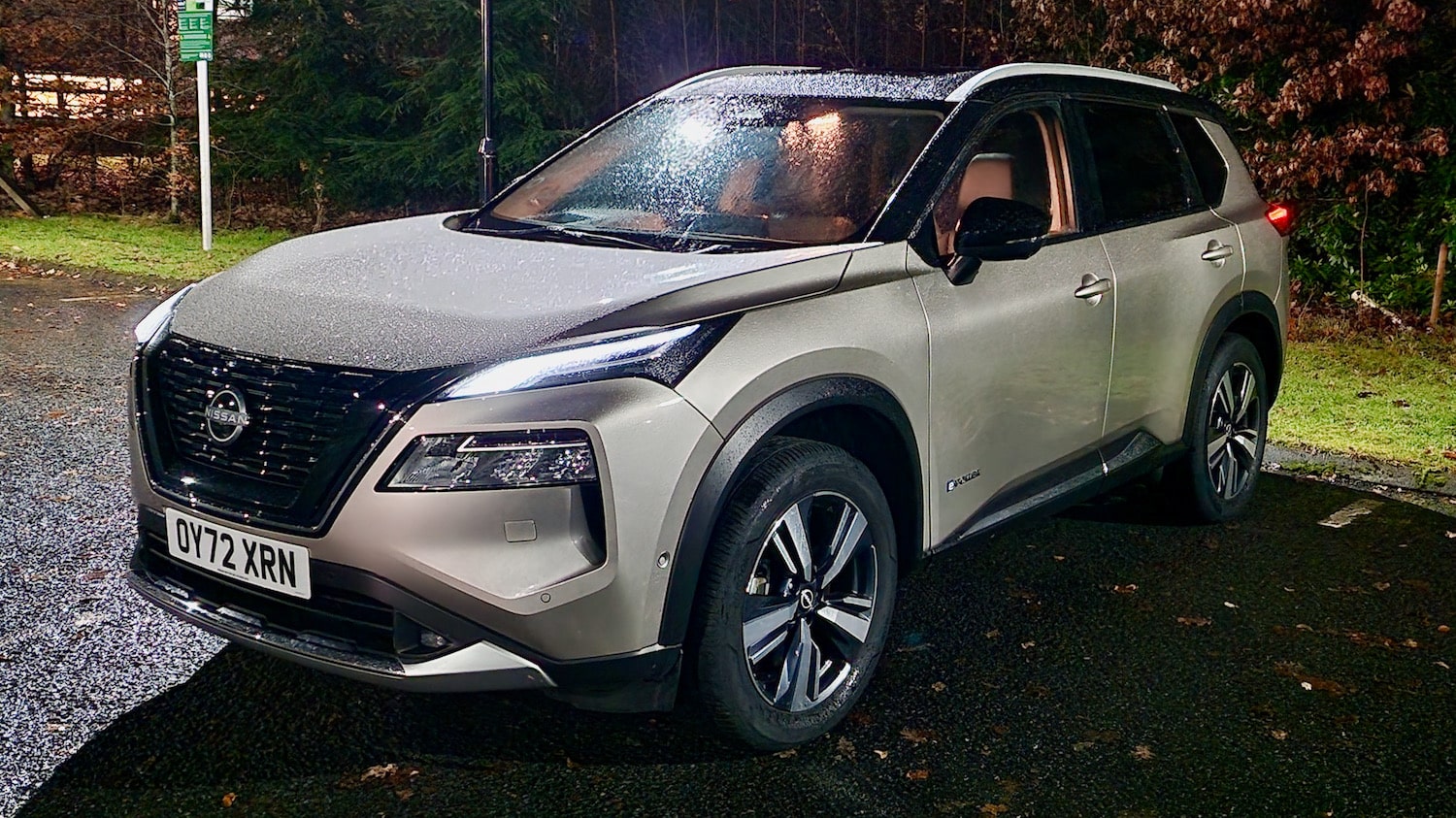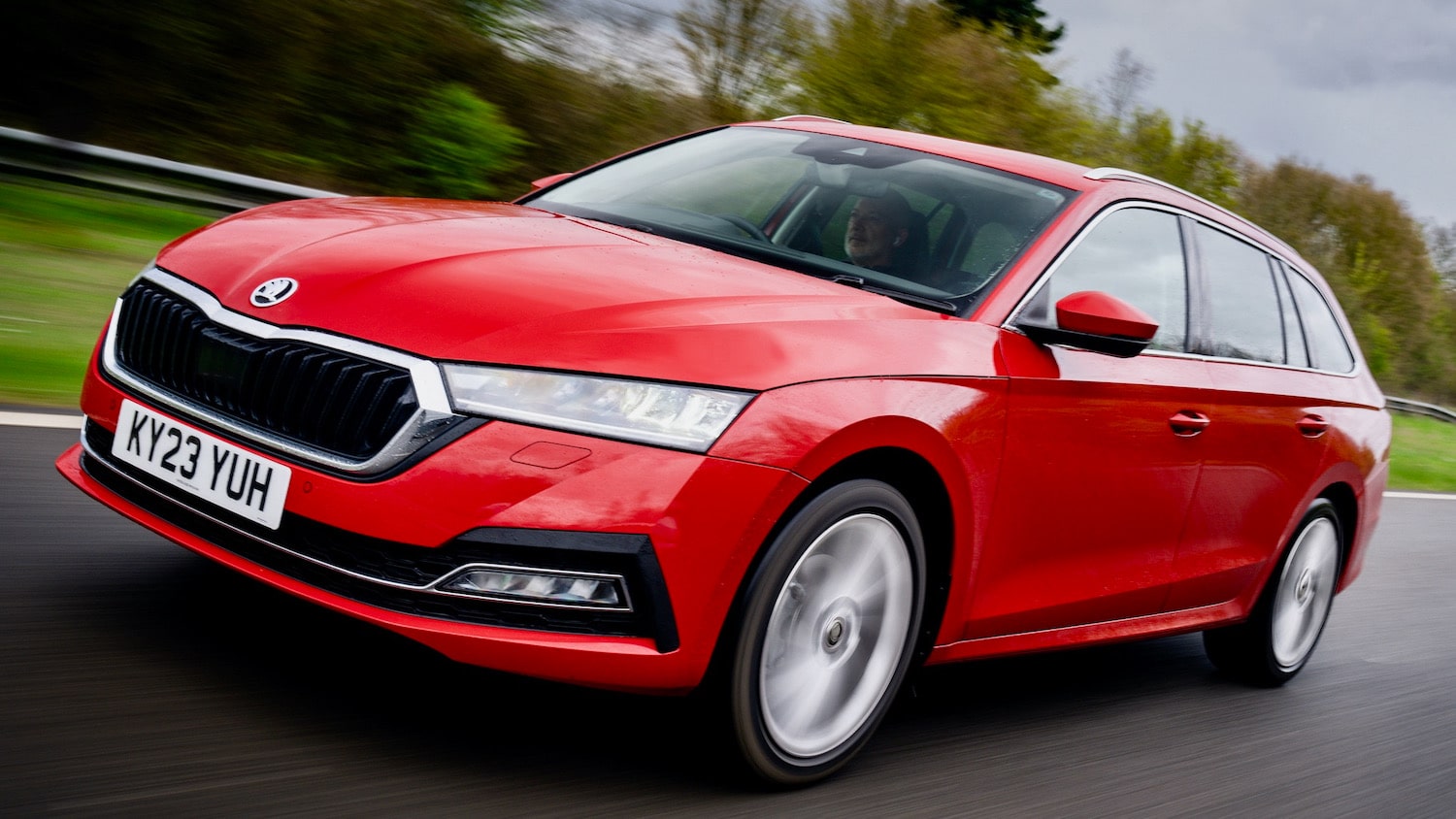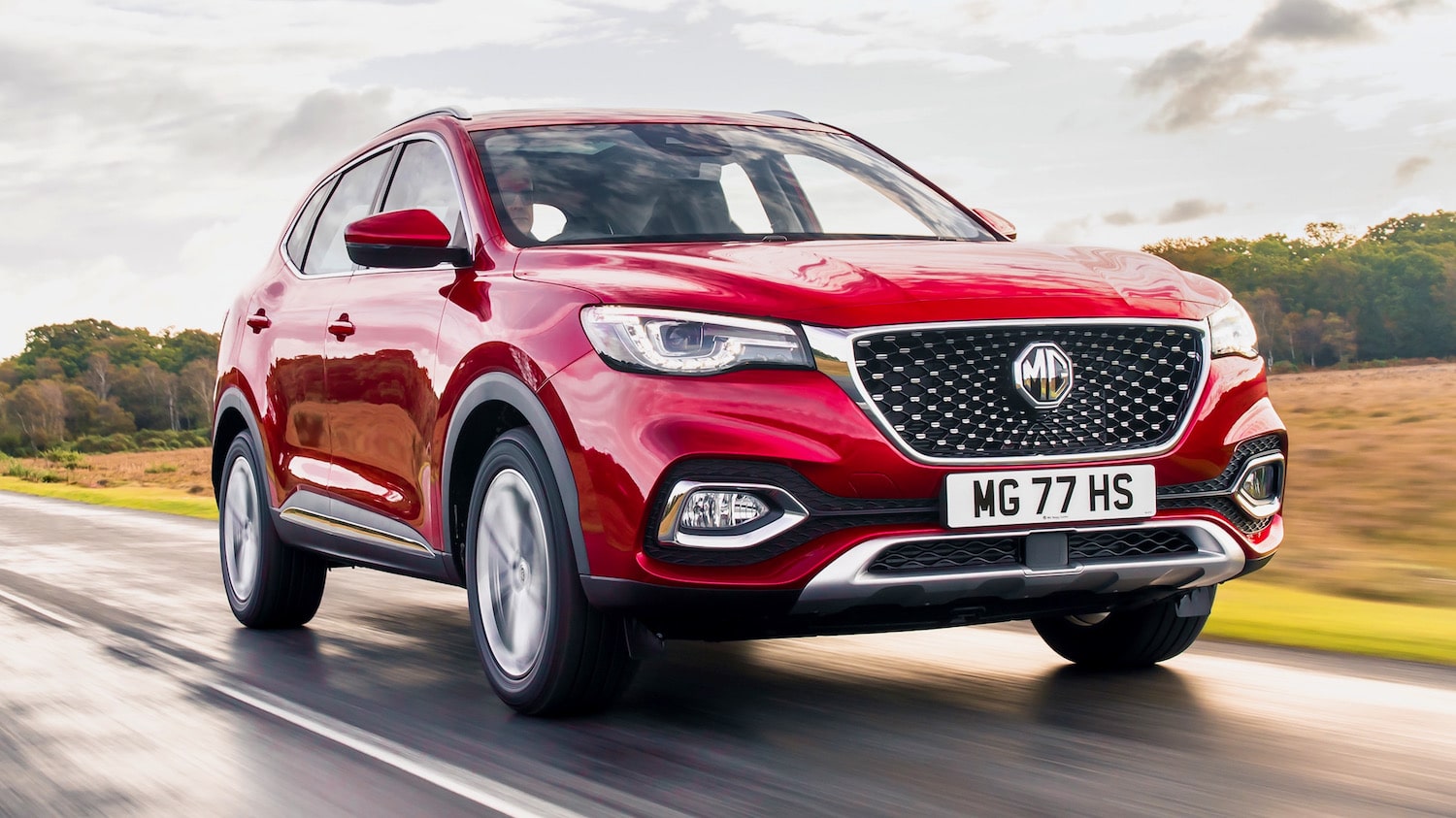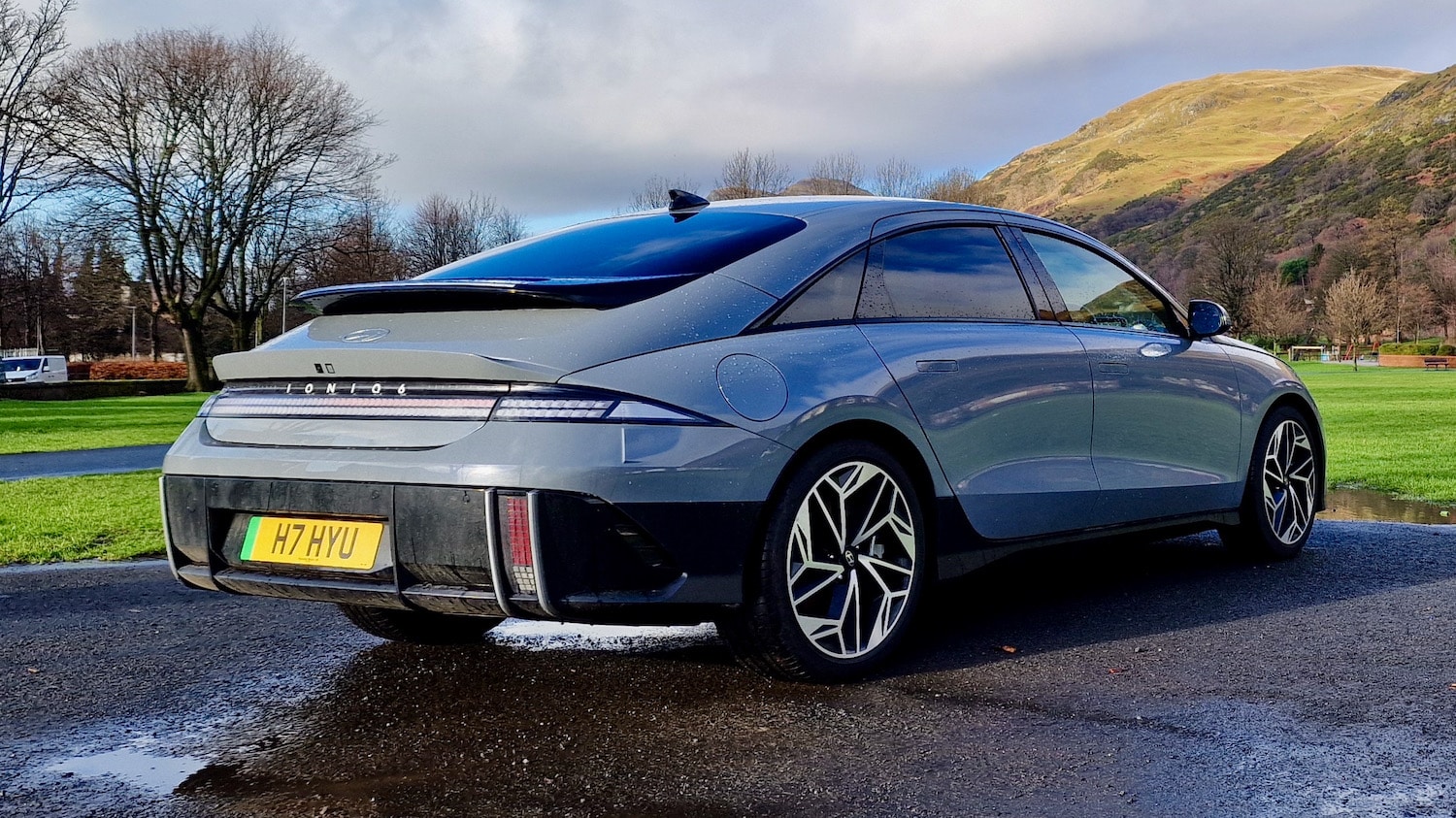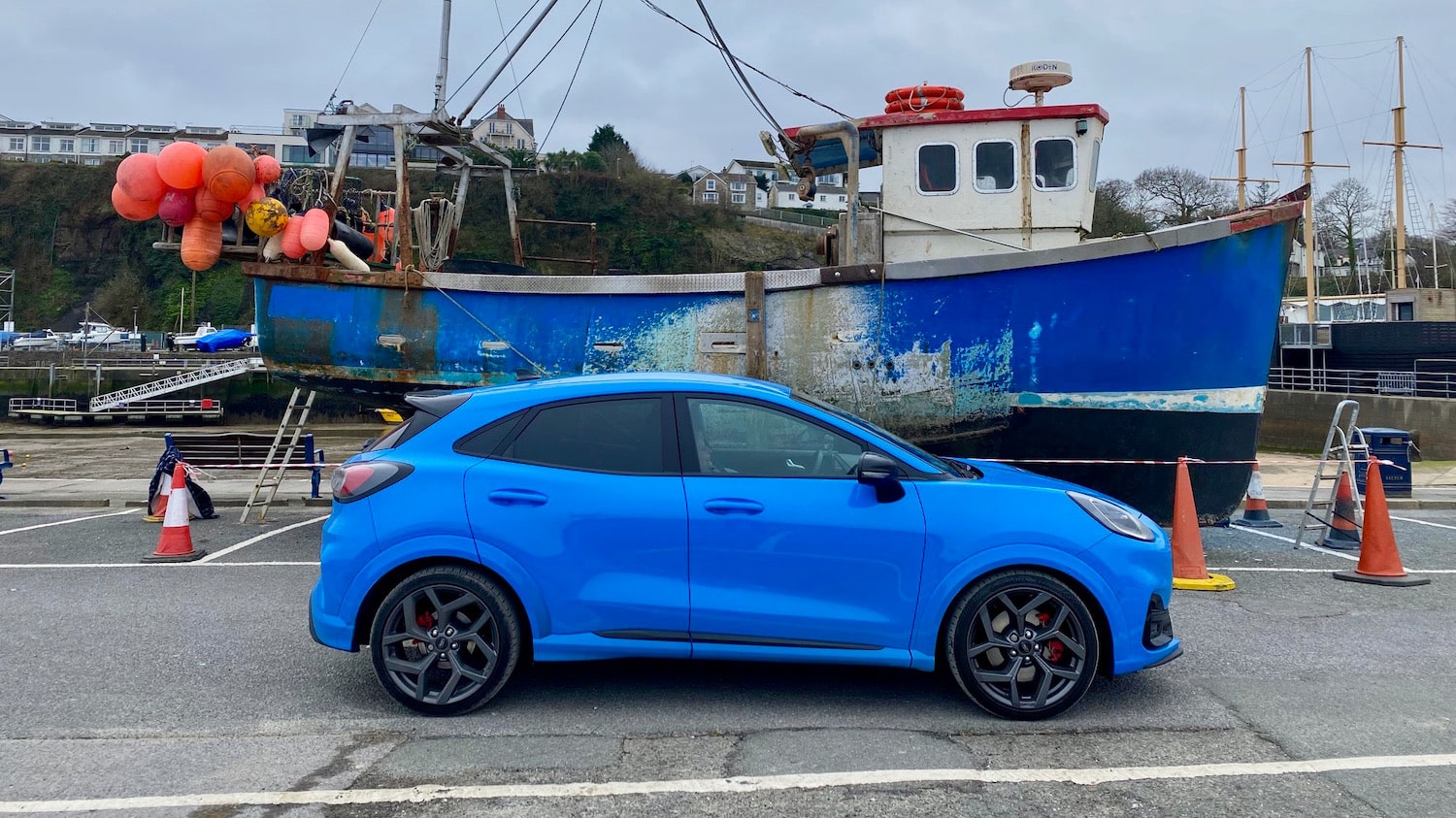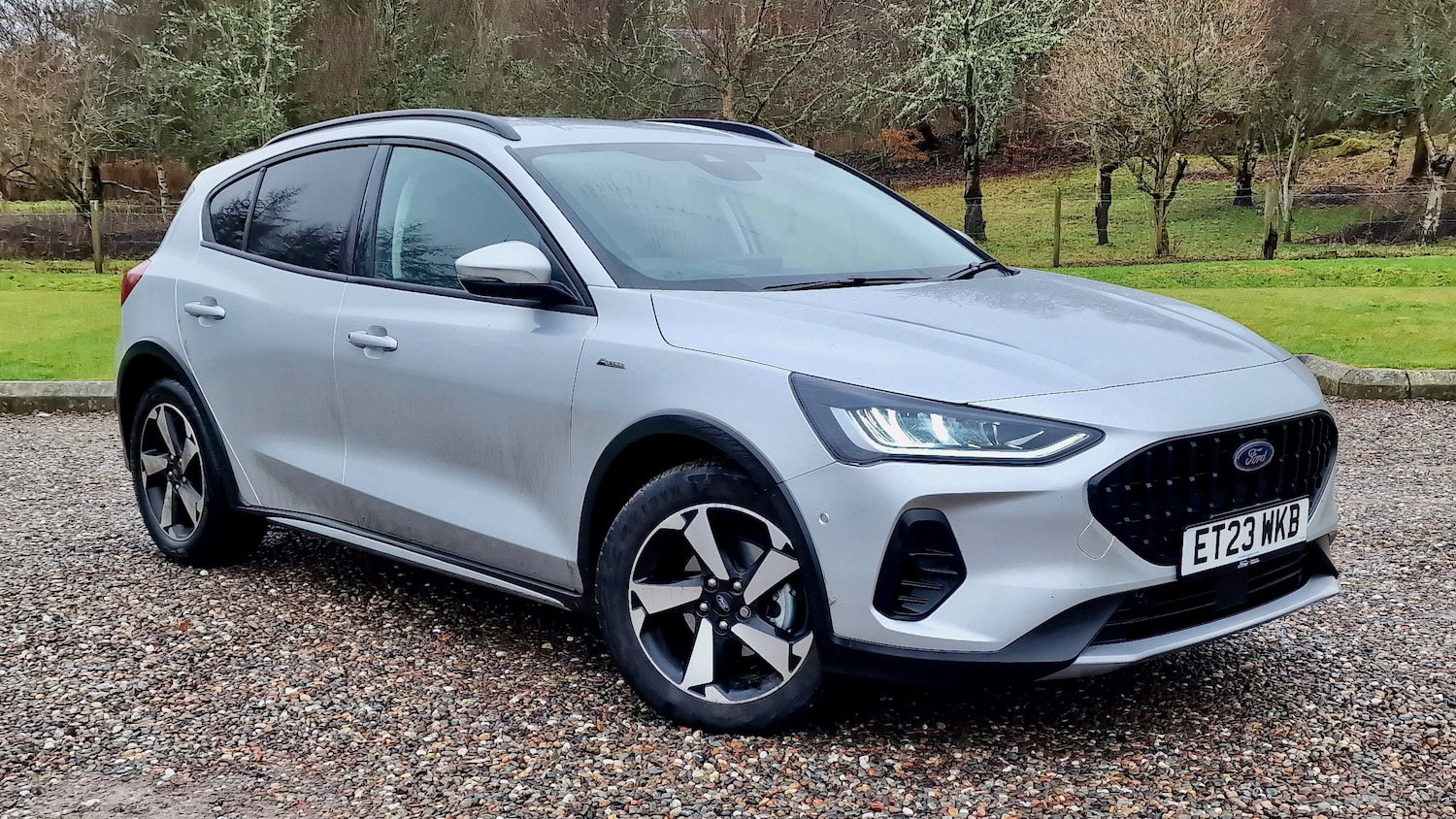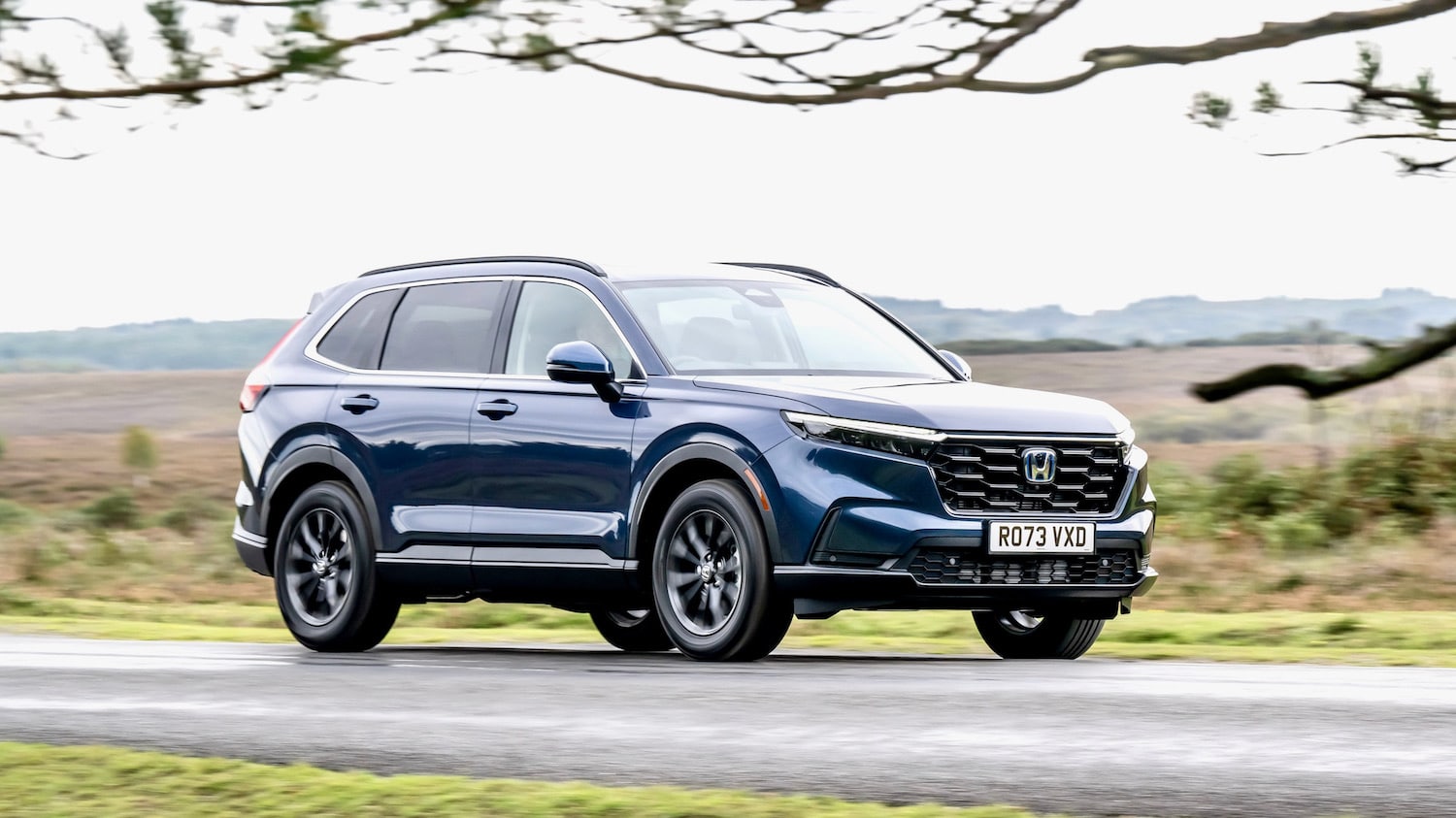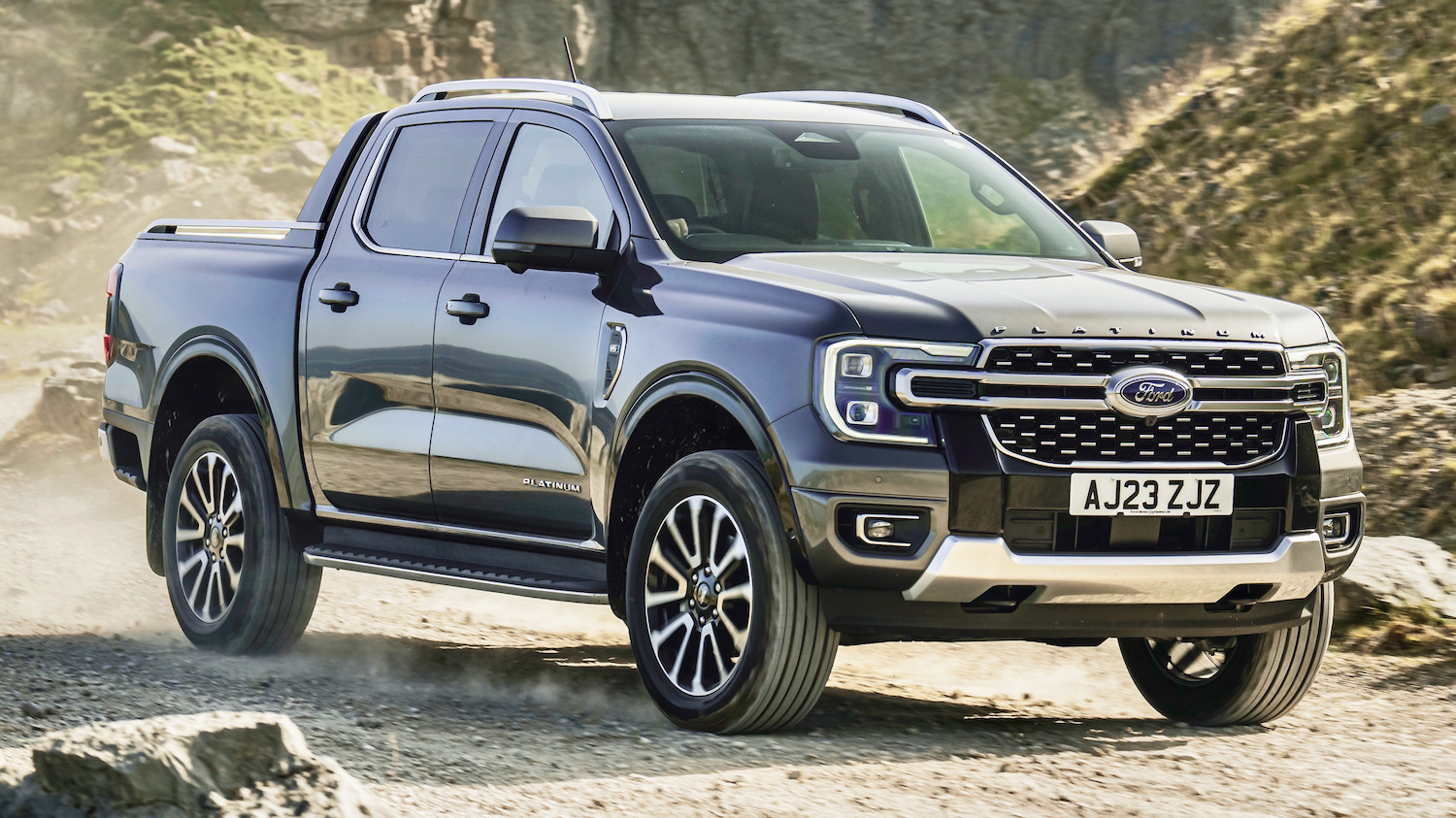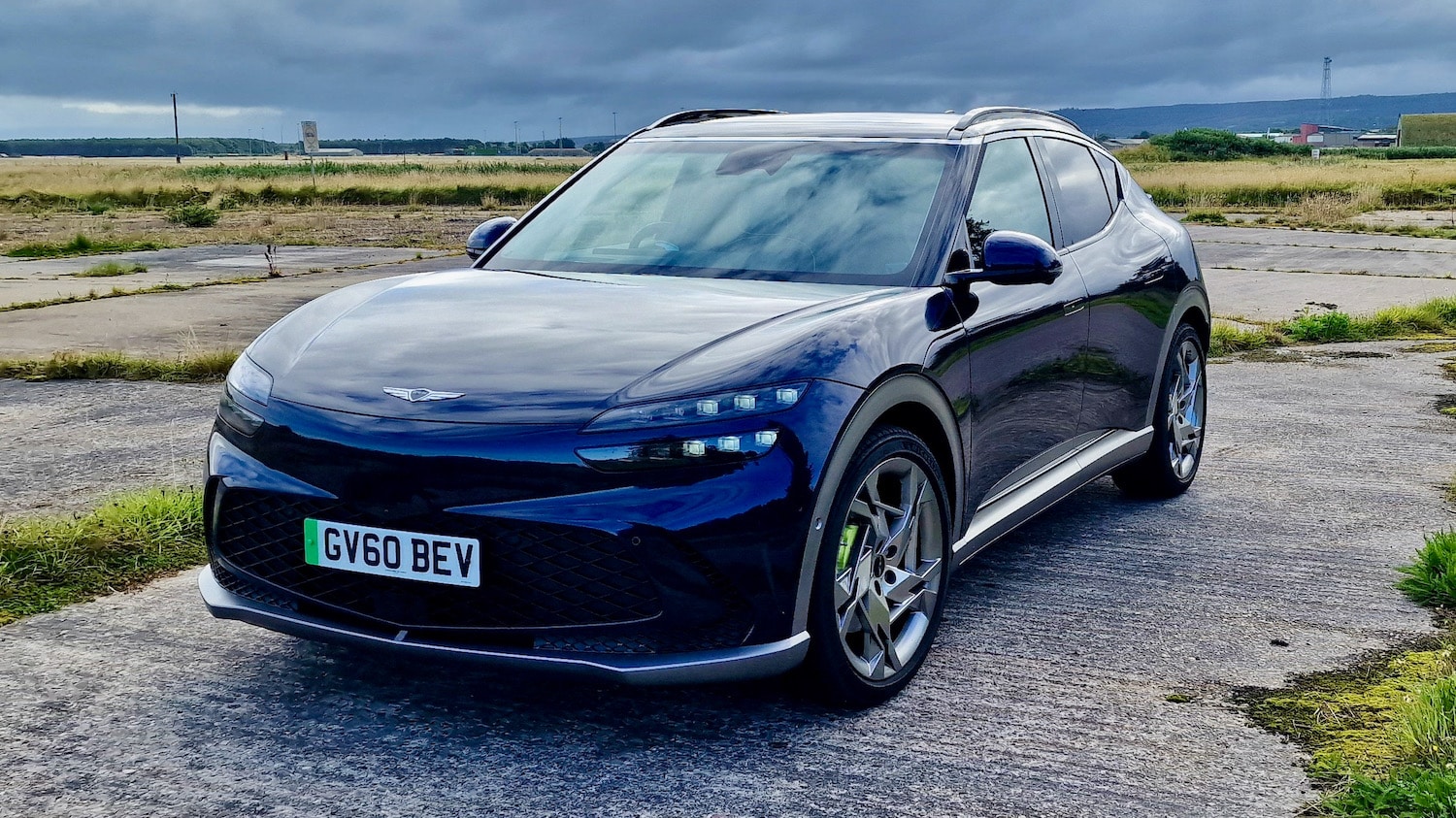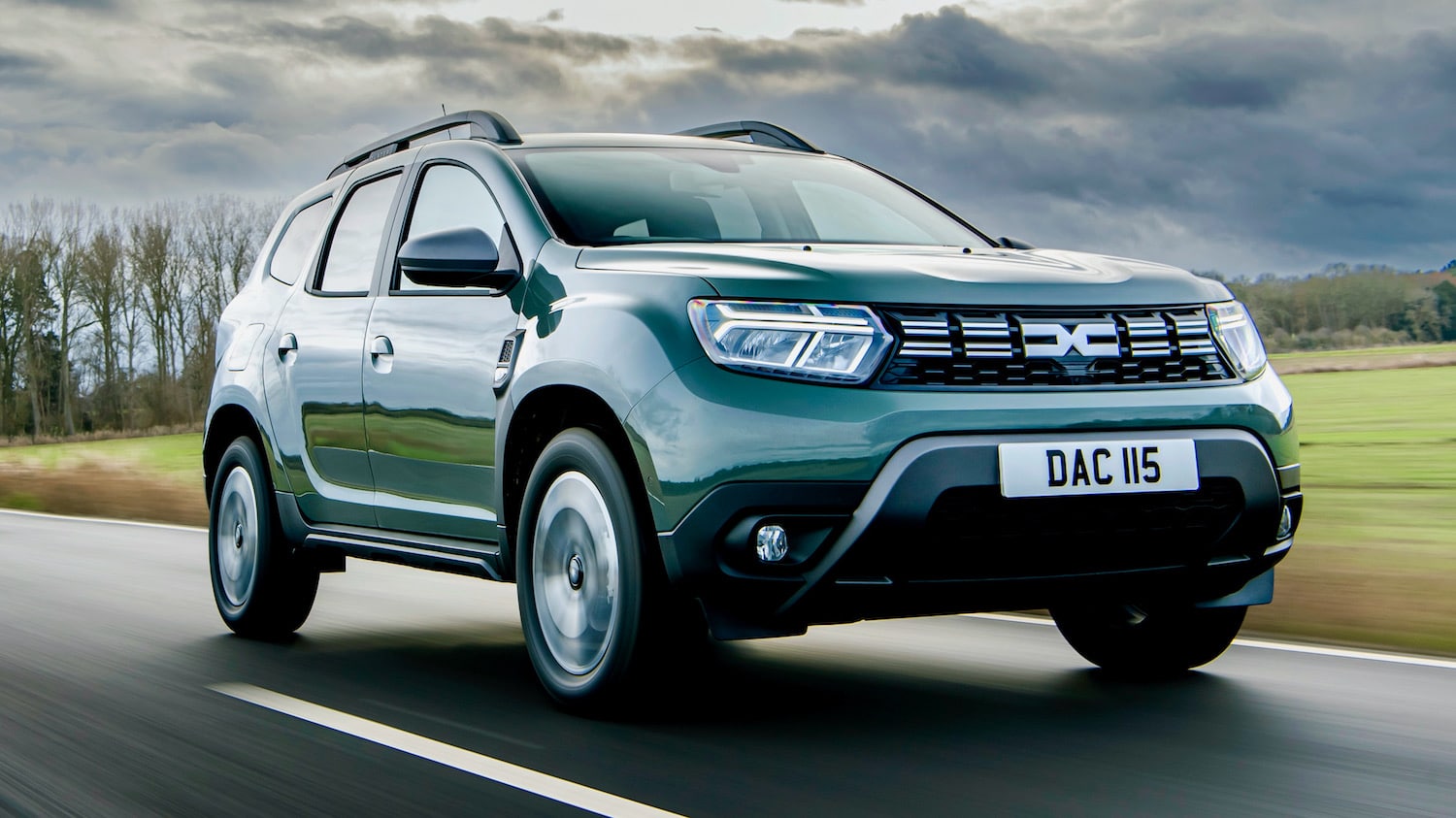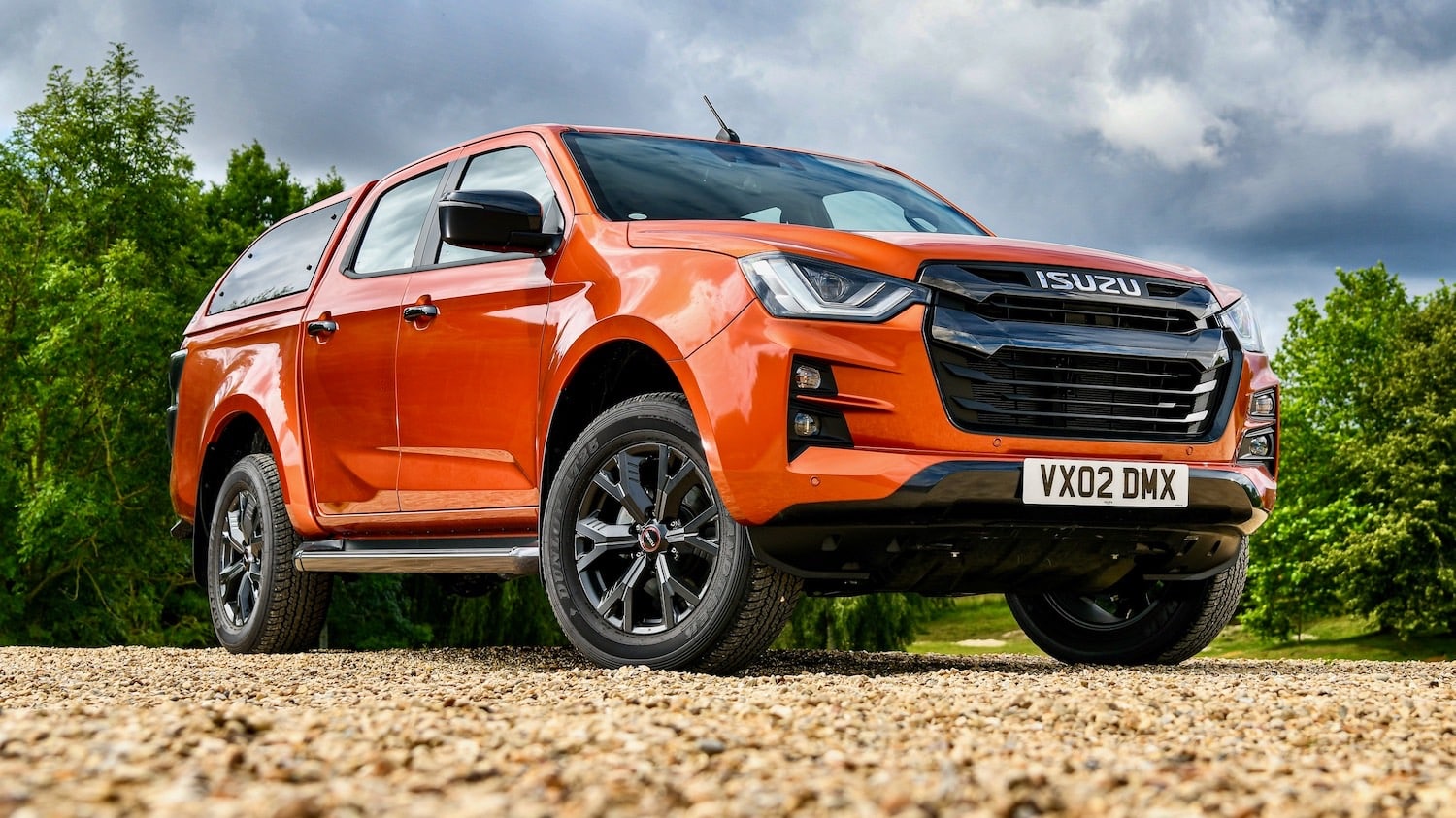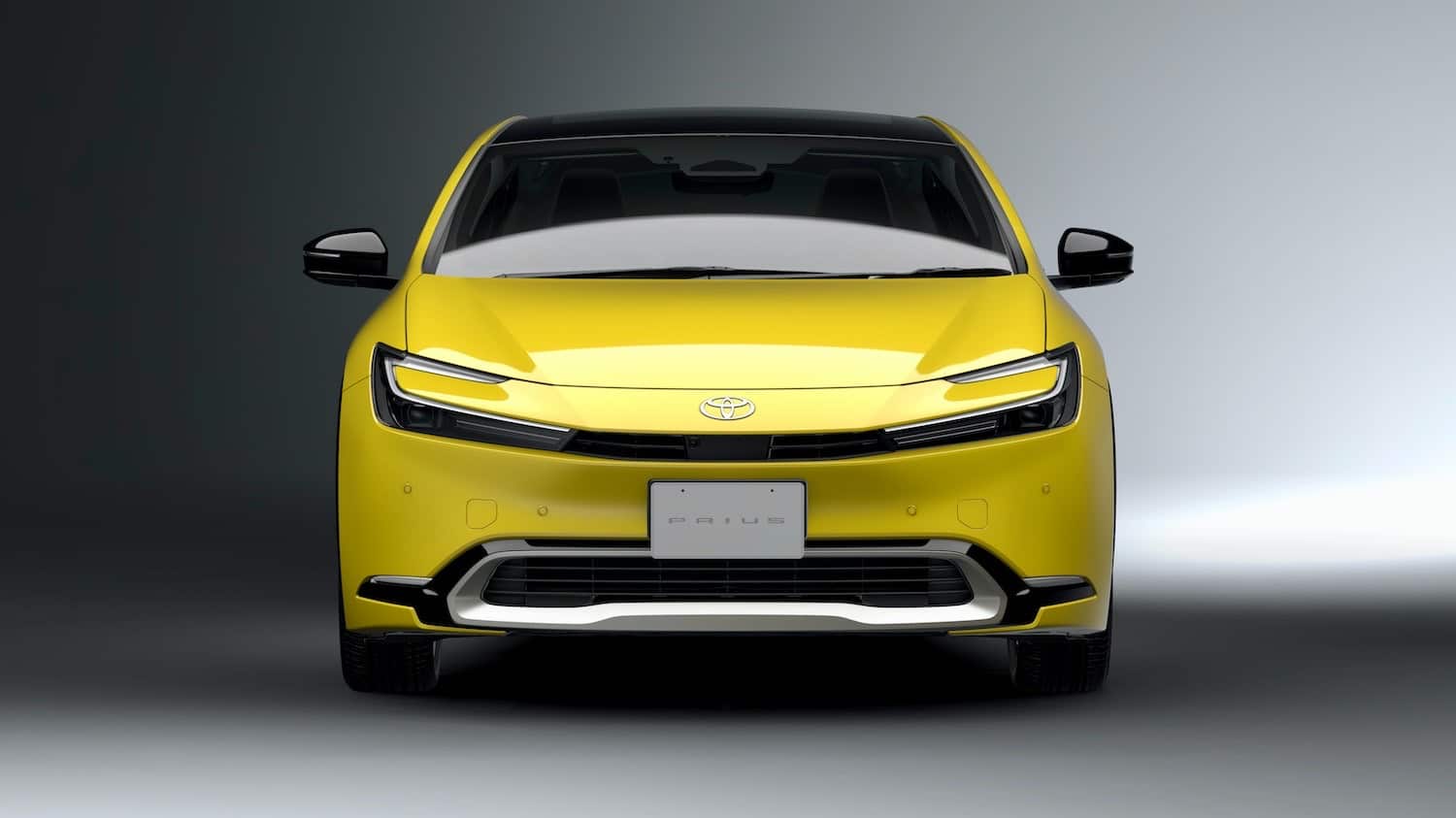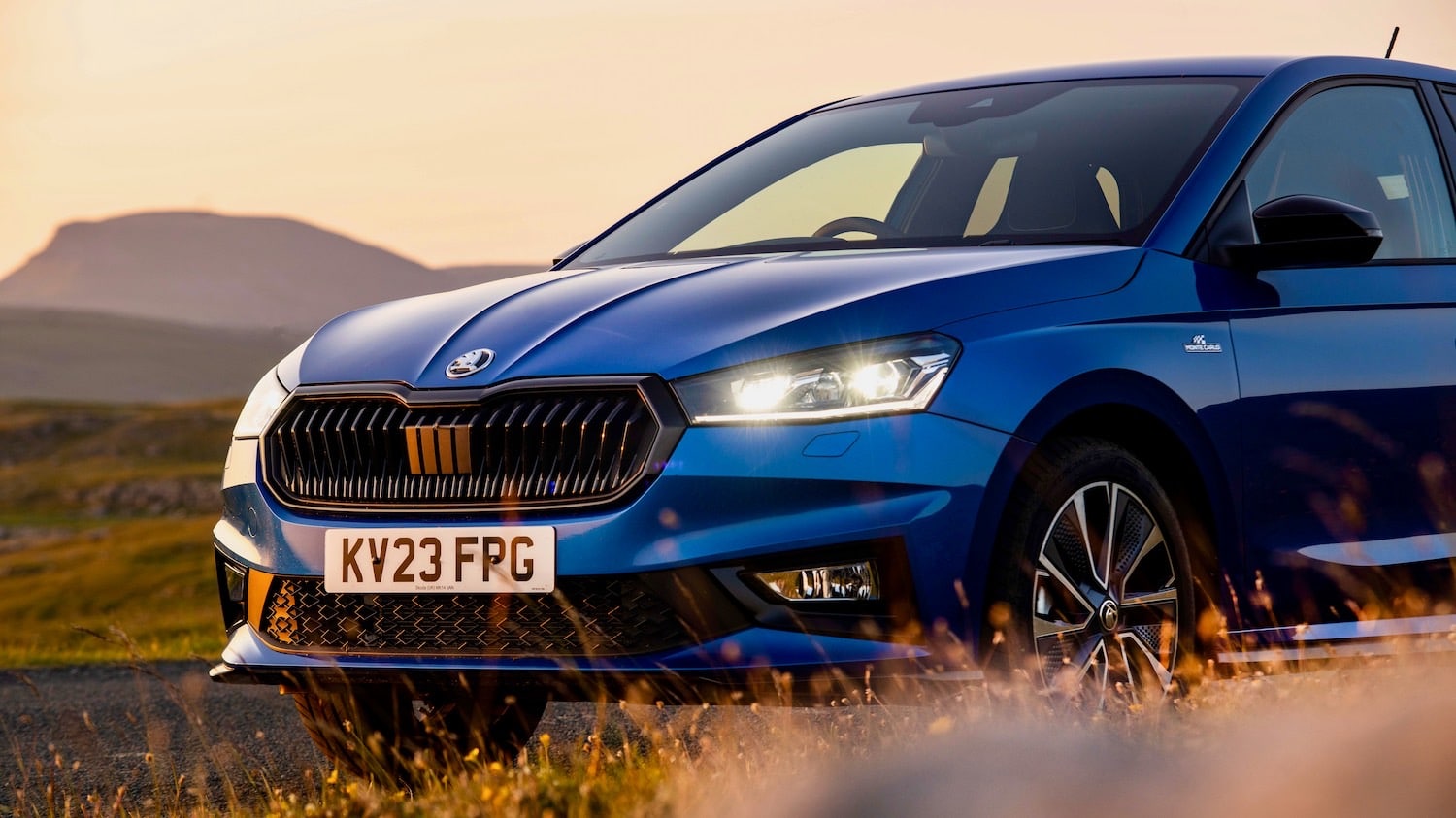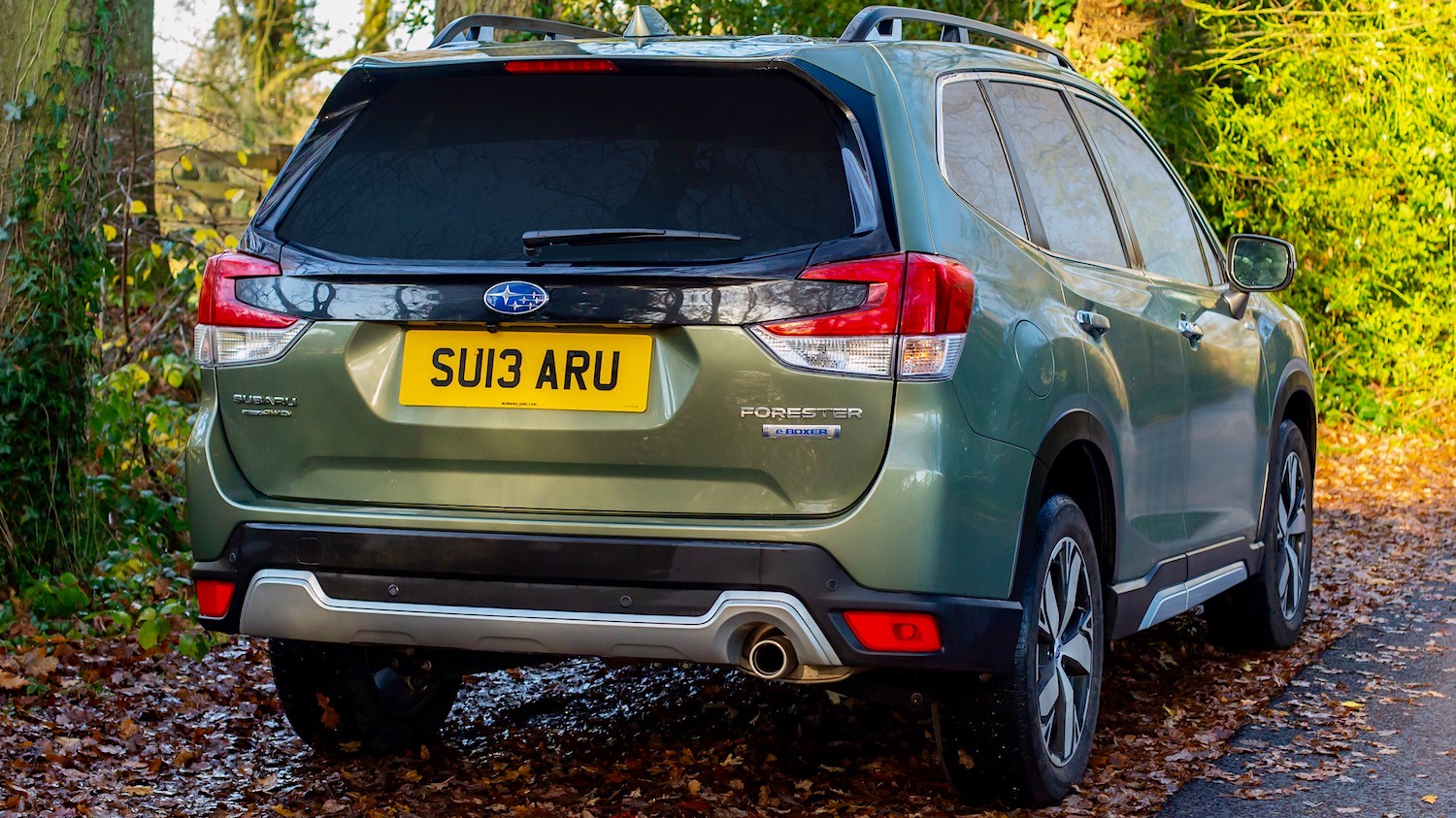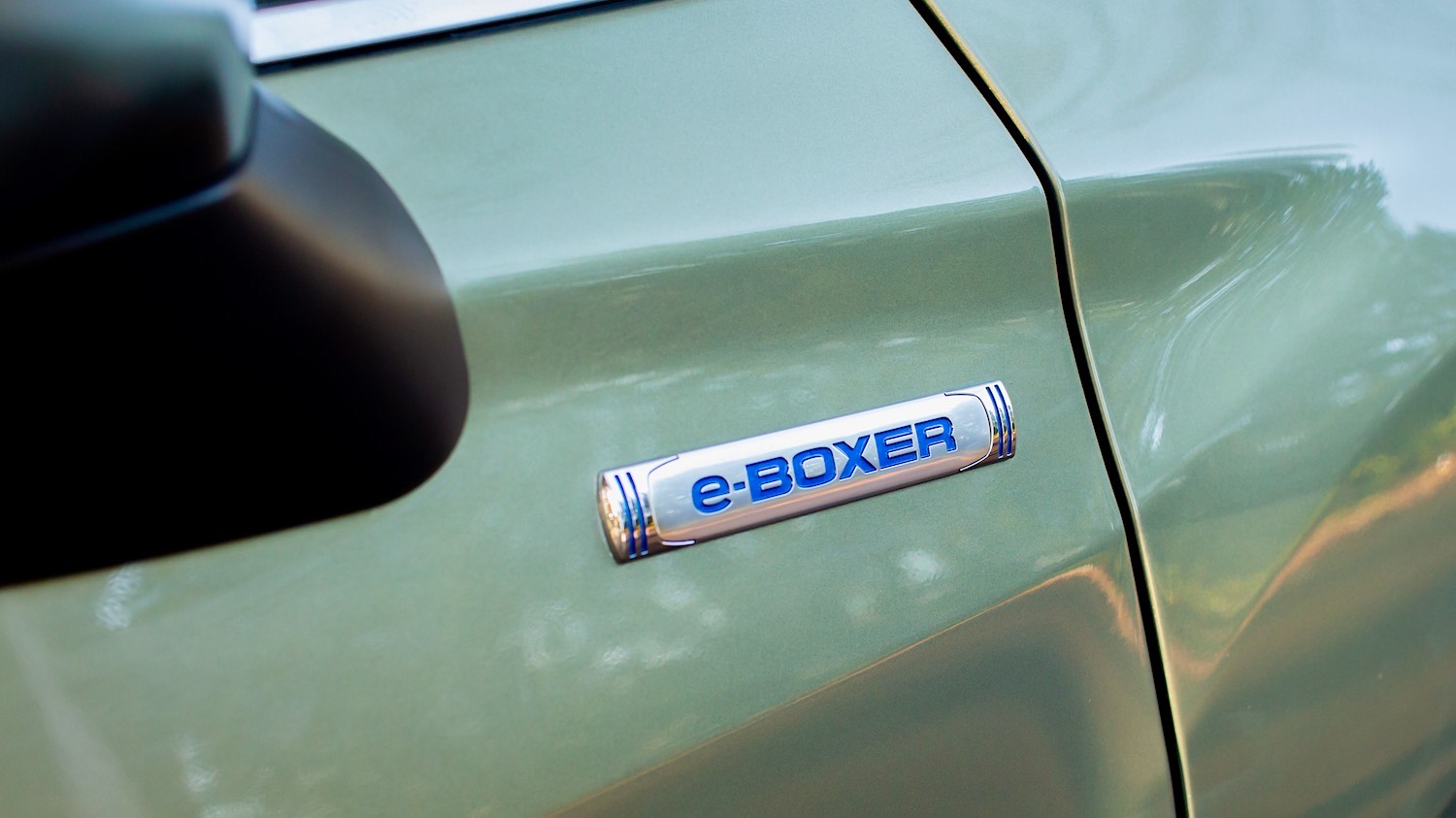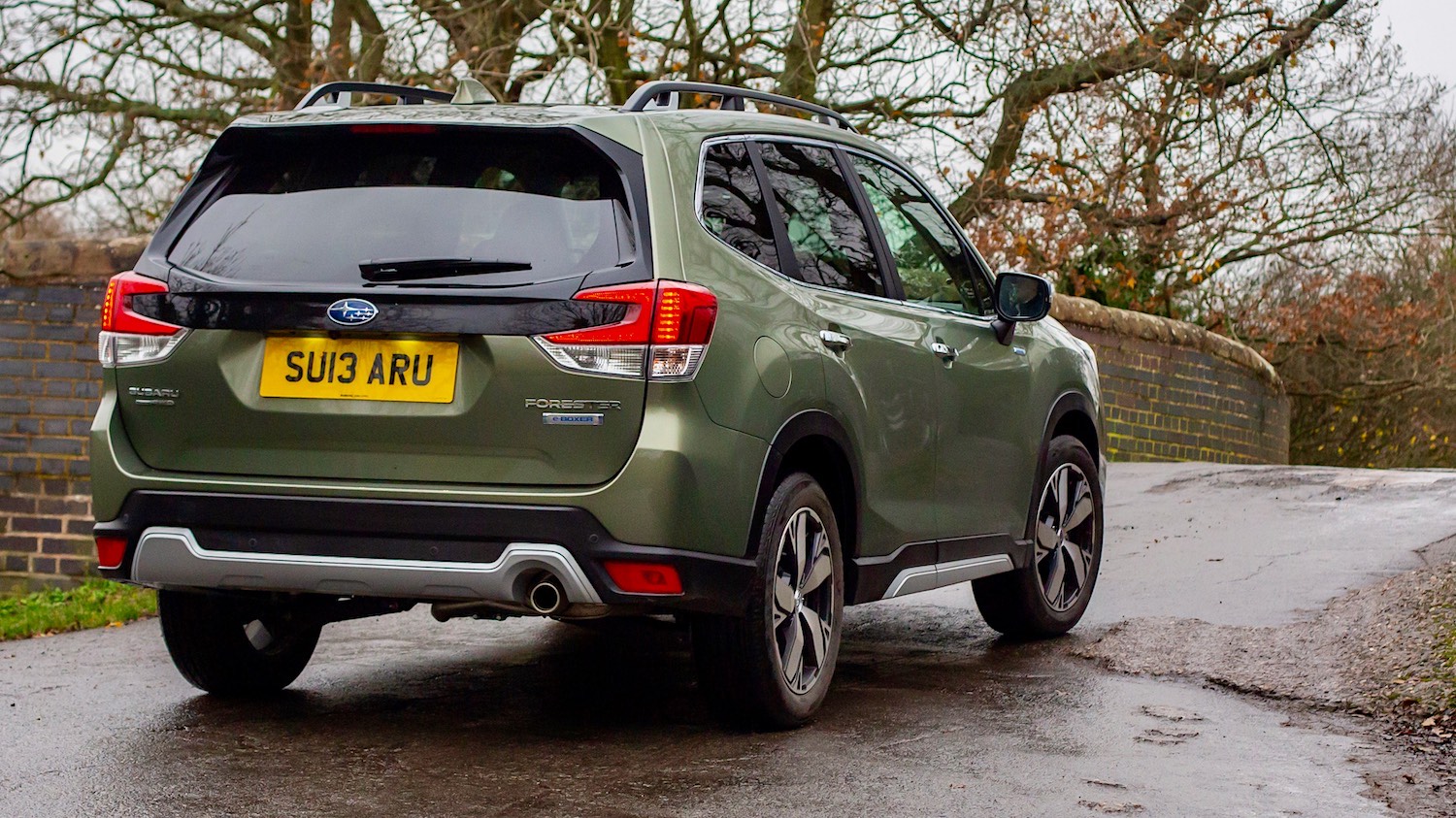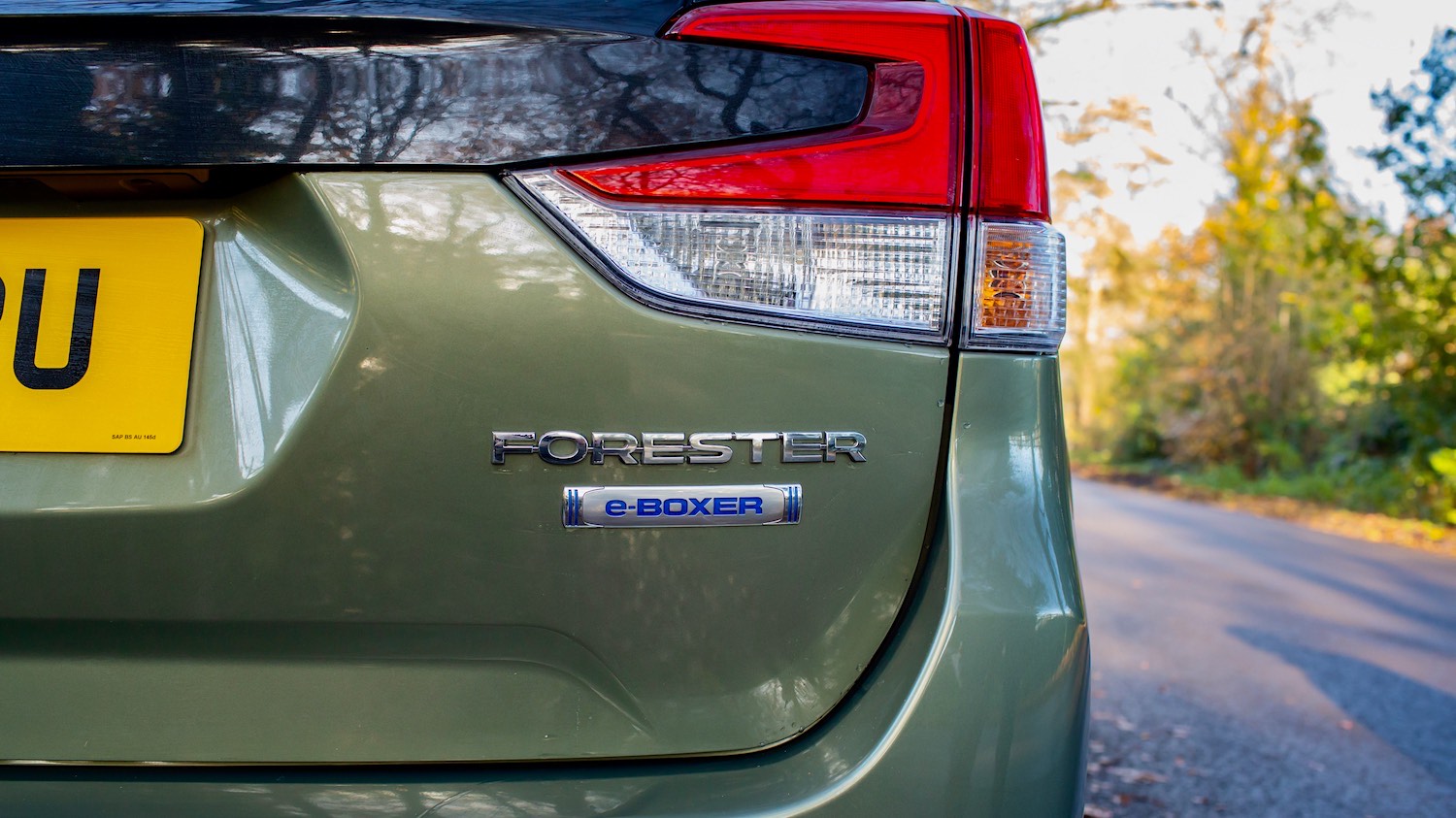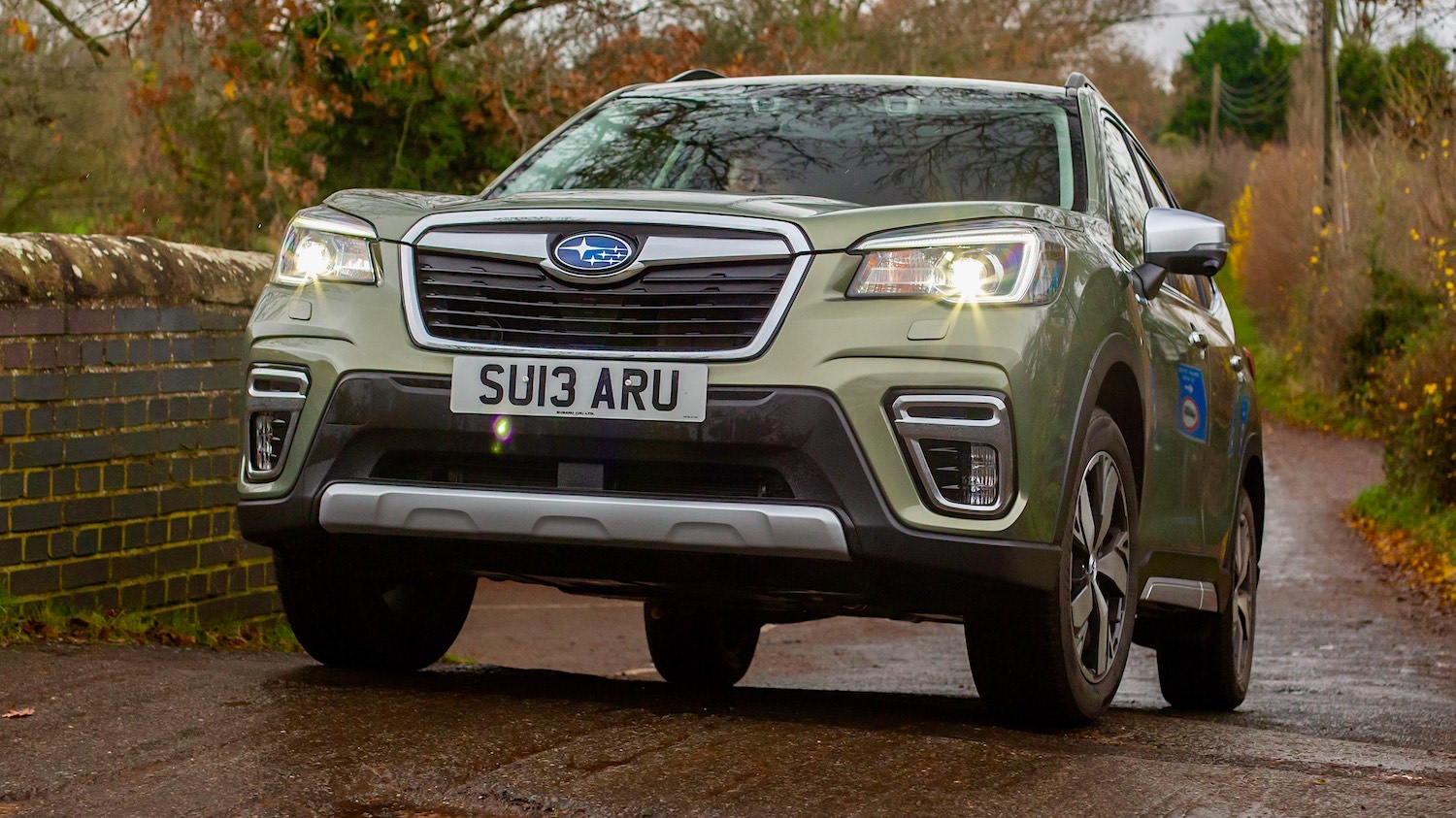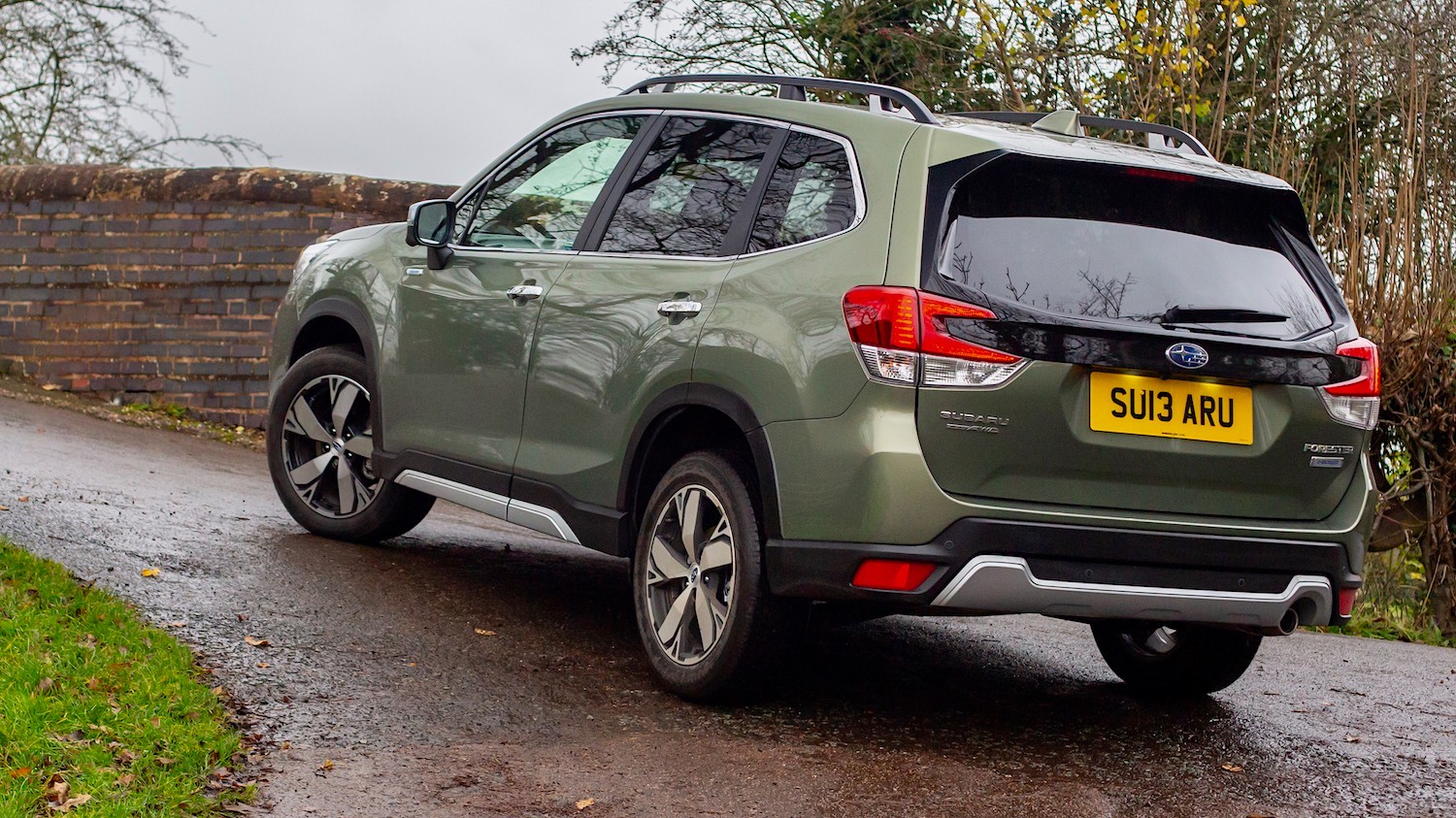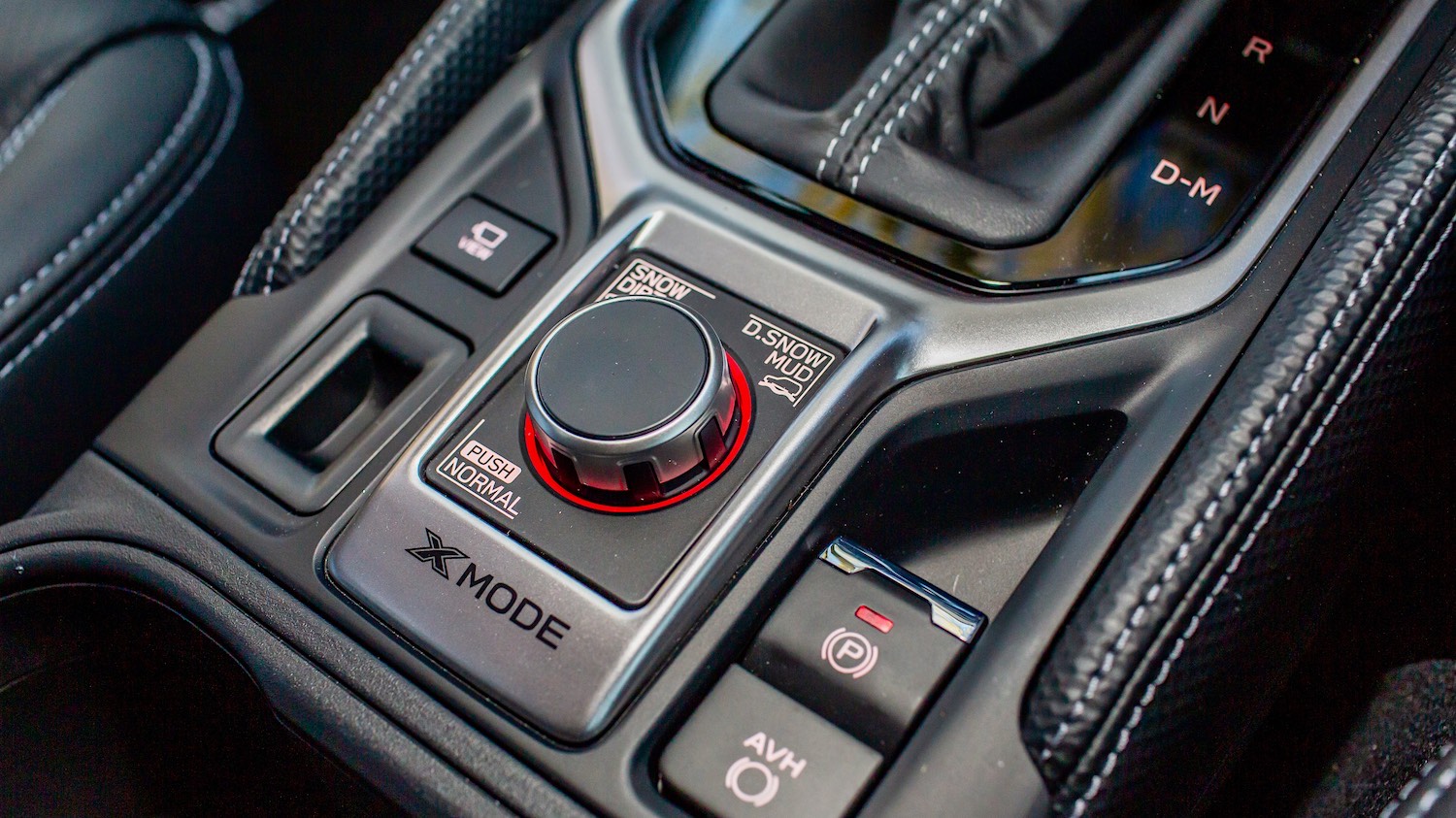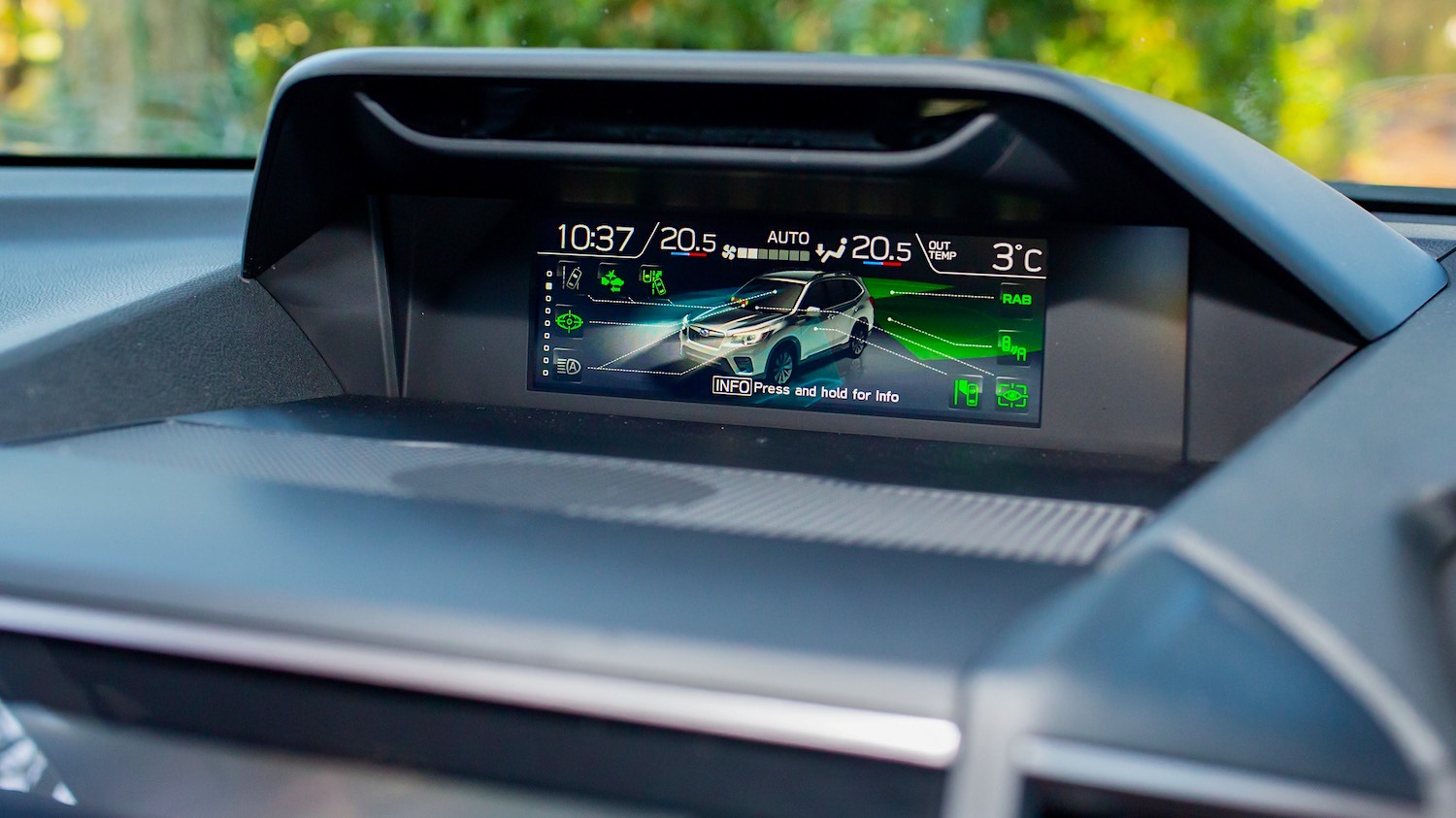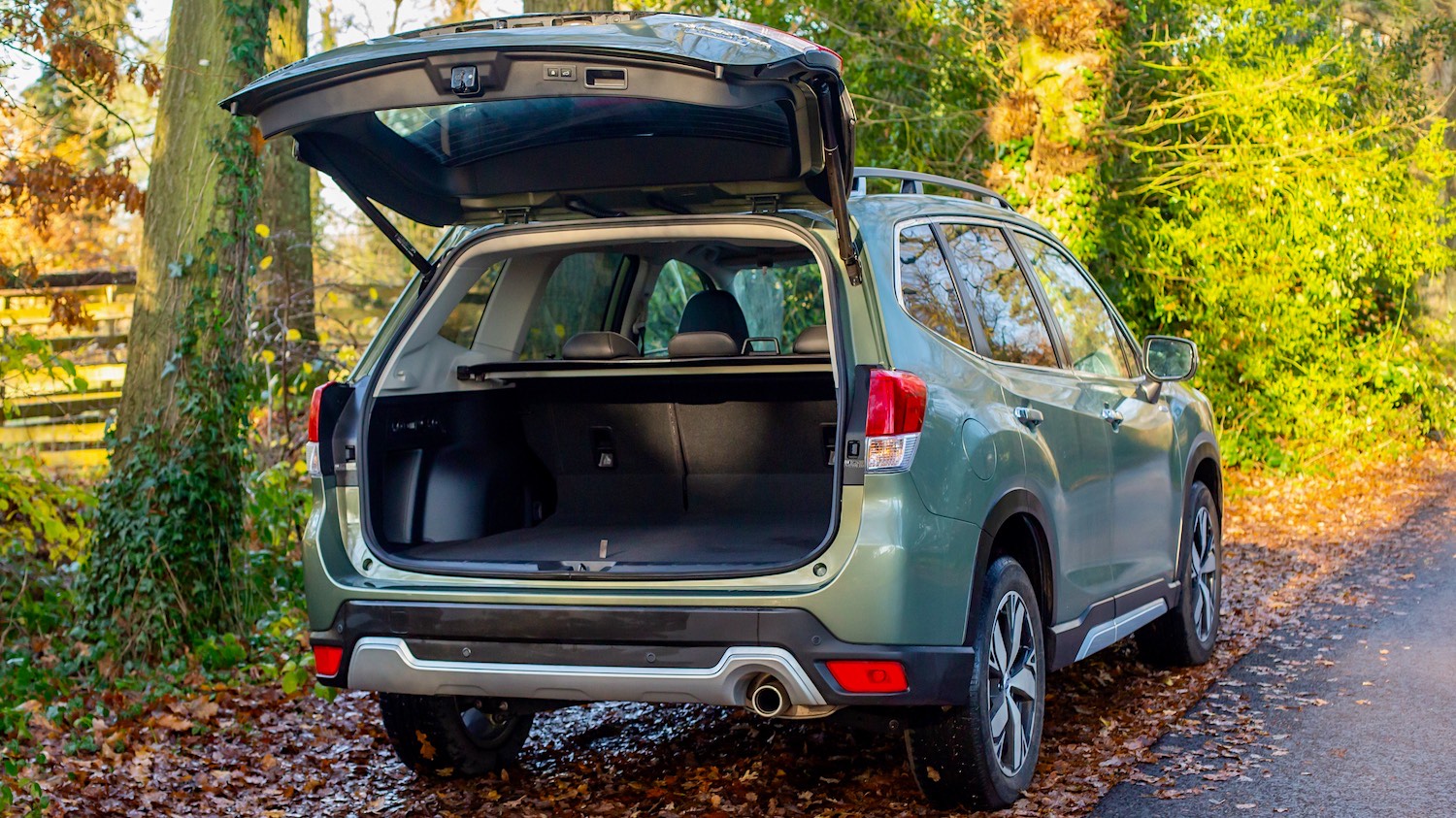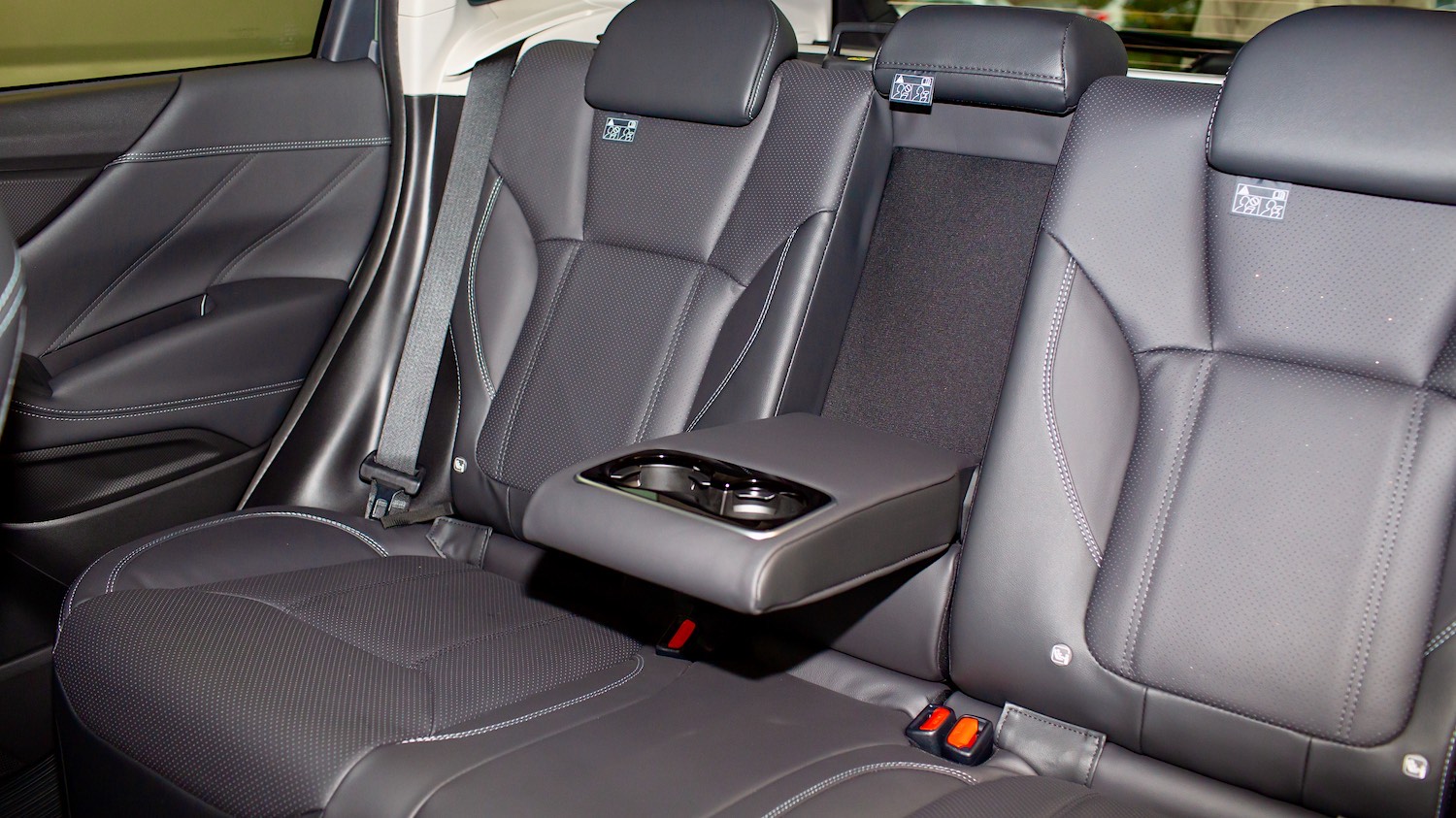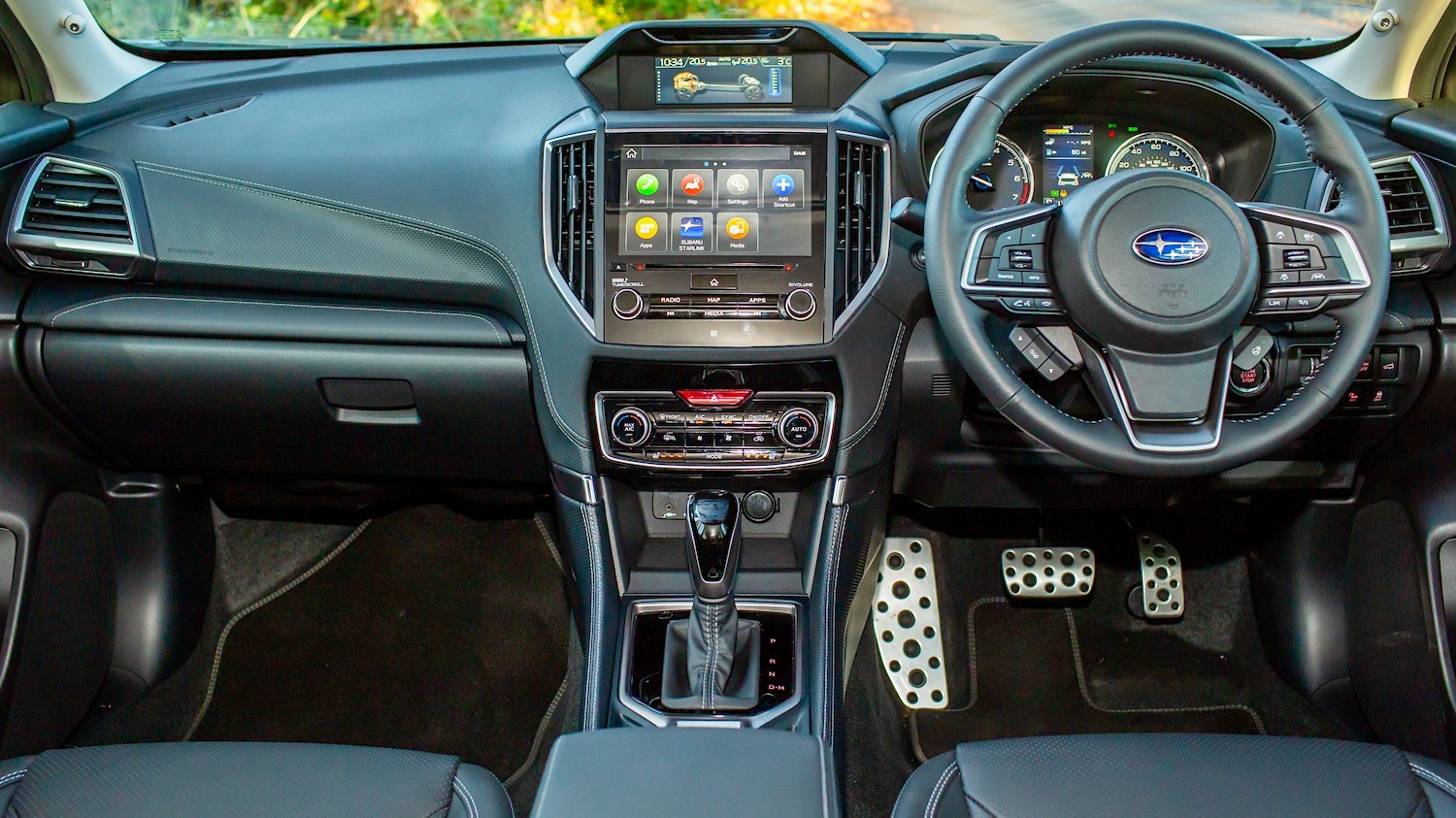It would be no surprise to find that after, say, three-year ownership, the driver might still be discovering new technology in the Subaru Forester eBoxer
The owner’s manual is all of 500 pages, the separate manuals for the infotainment system and for the now-standard EyeSight system are a further 240 and 160 pages more!
BUT, it is worth beginning to work out how all the stuff works. (I found, for example, that the little vents next to the rear seats must be kept free of any inadvertent covering by clothes, say, otherwise the cooling system to vital components down in the depths could be compromised!)
As to the car itself, Subaru remain faithful to both their flat-four ‘Boxer’ engine and four-wheel-drive, as ever, with their two still-quite-new (November last year) hybrids.
The Forester, Subaru’s most expensive and best-selling car, is new from the ground up compared with the defunct fourth-generation model. Working with the 2-litre, 150PS petrol motor is a lithium-ion battery motor that allows up to twenty-five mph for up to a mile before the petrol engine kicks in. Subaru says that this produces 10% better consumption than the previous 2.0L Forester.
According to the driving conditions, the two work separately or together automatically. This includes, of course, keeping the electric motor charged up. Practically the whole time I drove, the petrol motor was operating.
Power goes to all four wheels through the Lineartronic gearbox, a smooth CVT (continuously variable transmission). In manual mode, it’s paddles for up and down changes.
A host of other driving capabilities now include X-Mode; if you live in a part of the country that suffers from particularly cold, wet winters, it could be that this new Forester will be the vehicle least likely to ever get stuck.
Subaru has been an impressive performer in the safety stakes and now another new feature is added to the list of safety features. I experienced it even before I had had a proper look at all of the car’s specifications — I had been looking out of the side window at something for too long and got an alert telling me to keep my eyes on the road. Look across to your passenger for too long and, again, you’ll be alerted. The system will also detect signs of drowsiness and will even mute the audio to ensure the driver gets the message.
Subaru continues with its EyeSight technology to help keep the car free from potential accidents; stereo cameras enable a variety of automatic avoidance and braking actions. However, it so happened that, in deep shadows from trees, a lorry backing out of a driveway was almost invisible to me (he hadn’t seen me, either, presumably) and I missed him by a just a fraction; reflecting on this later, it struck me that the Forester had not reacted on that occasion.
Meanwhile, after that, I got a couple of ‘too close’ alerts and one auto-braking. So thank you, Subaru, for these vital features.
The Forester, in itself, was a pleasure and easy to drive, and very quiet once cruising along.
It is quite a good-sized SUV, wider and longer than its predecessor, so it might be thought that it could be a slight challenge compared to smaller cars. But the handling is excellent: Subaru’s low-slung boxer engine allows for the electric motor to be positioned on top of it. To keep the weight distribution in order, heavy ancillaries are in place over the back axle. Result: good balance. Tight bends can be taken easily at speed, with nicely-weighted steering and negligible lean-over.
It’s not a hugely-exciting straight-line performer, in that the zero-to-sixty-two mph time is 11.6 seconds, but it can still pull a fairly hefty punch when it’s needed for overtaking speed. Ventilated discs all round give excellent braking. A new feature is RAB (rear automatic braking)…if you don’t see something, but the system does, you get alerted and, if necessary, braked.
Without being able to use the Forester on the motorway, the varied traffic conditions produced a reasonable indicated 38.7 mpg overall. Compare this to the official WLTP combined figure of 34.7, so, to be fair, that’s pretty good…and the air-con was on non-stop.
Emissions are at 180 g/km (WLTP).
The car is very comfortable for four adults with three in the back, less squashed than they might be in other cars. Two rear passengers have heated seats in the Premium version as tested. The whole interior is stylishly and smartly turned out.
The boot is capacious, with a large flat floor easily extended by folding the front seats as you would expect. The tailgate lifts high and can be adjusted to be set to any height you want…one of many personalisations around the car on tap once you know-how.
Is it fully connected to the world outside? Of course.
So the Subaru Forester is a car that may cost a few bob, but, given its great apparent capabilities, it’s definitely worth doing the comparisons with any competitors at a similar price.
Car reviewed: Subaru Forester eBoxer Lineartronic Premium, on the road price £39,335.00 0-62mph 11.8secs Top speed 117mph Engine 1995cc Horizontally-Opposed, 4-Cylinder unleaded Euro 6.2 Fuel Economy Combined 34.7mpg CO2 emissions 154g/km Max Power 150PS@5600-6000rpm Torque 196Nm@4000rpm Transmission Lineartronic AWD
What the others say on YouTube
A selection of the latest video reviews of this car….Just click to watch on this page.
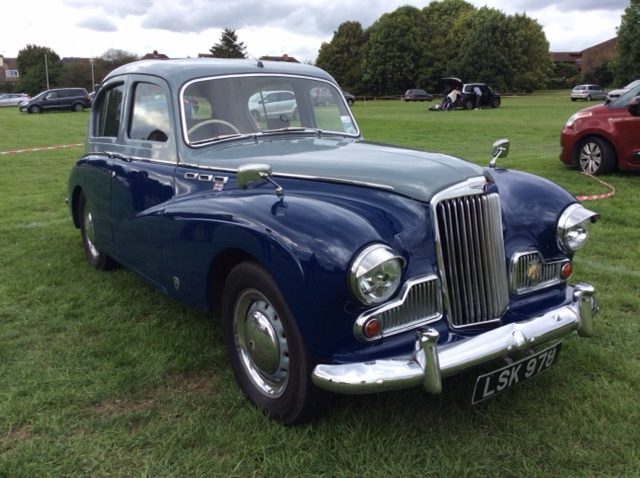
Tom Scanlan
Motoring Journalist
Tom Scanlan has written for a wide variety of magazines and newspapers, particularly the Reading Evening Post for ten years, having got into motoring journalism in 1973 via the somewhat unlikely back door of the British Forces Broadcasting Service. BFBS produced a weekly radio motoring show for the services overseas and Tom produced it, as well as interviewing experts and eventually reporting on cars.
He is into classic cars and has owned Porsche, Ferrari, pre-war Alvis and Rileys and currently owns his fifth old Alfa Romeo, a 1984 GTV 2.0.
In his spare time, Tom is a professional cricket coach.
Recent Reviews
The latest cars, suvs and crossovers reviewed by our experienced journalists.
MAZDA MX-5 RF Exclusive-Line, better than ever
Thirty-five years later, the current Mazda MX-5 Mark 4 version has had a few upgrades Car Reviewed: 2024 Mazda MX-5 RF 2.0 Exclusive-Line The bottom line is that the MX-5 is as brilliant as ever. The version tested was the Exclusive-Line RF hard-top, powered by the 181 bhp, 2-litre, 4-cylinder engine. The 129 bhp, 1.5…
Continue Reading MAZDA MX-5 RF Exclusive-Line, better than ever
Kia EV9 ‘Air’ redefines eco-friendly luxury
KIA has turned the corner into a new market segment with its EV9 pure electric model Car Reviewed: Kia EV9 ‘Air’ Rwd 7-seats The EV9 seven-seater launches in three trim levels and an additional range-topping six-seat option from £65,025 to £78,775 in rear-wheel drive or all-wheel-drive configurations depending on trim with 200bhp single or 378bhp…
Continue Reading Kia EV9 ‘Air’ redefines eco-friendly luxury
Polestar 2 Performance Pack – Almost nailed it
The Polestar 2, performance-focused EVs can be great fun Car Reviewed: Polestar 2 Performance Pack Thanks to low-positioned batteries, handling is tight, with nearly enough twist to knock the world off its axis, and oomph that makes your passengers scream. What’s not to love? Having never driven a Polestar 2, climbing into the driving seat…
Continue Reading Polestar 2 Performance Pack – Almost nailed it
